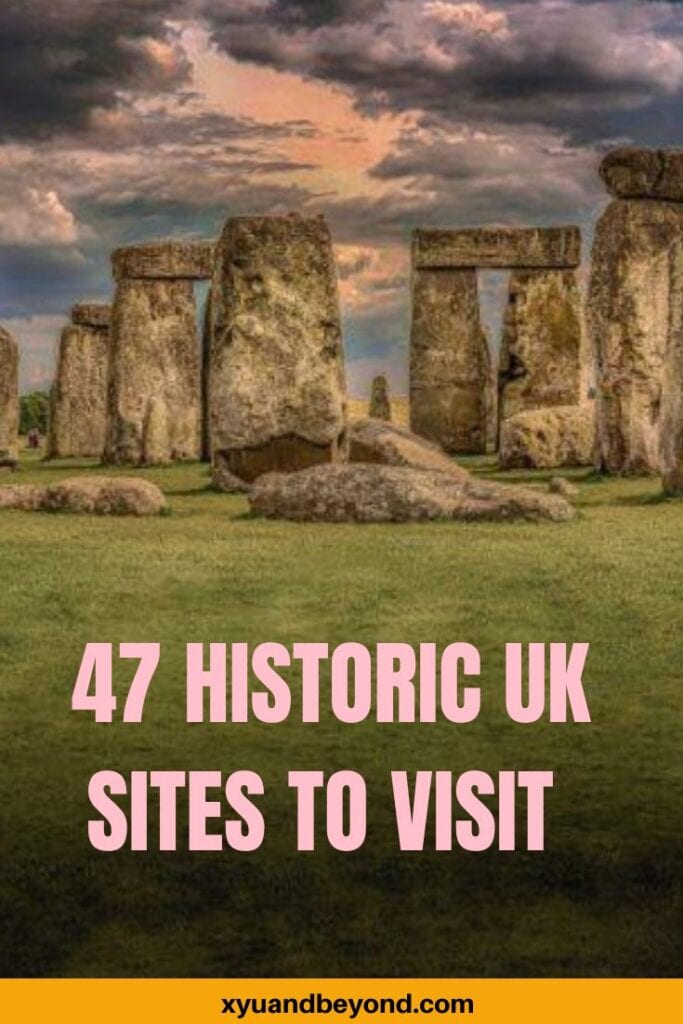47 best historical places to visit in England and the UK
My idea of heaven is to visit places that are redolent with history where I can walk down paths that historical figures took. It would take a lifetime to explore all the beautiful cities and historical sites in the UK that I would like to see but I’m going to give it a try.
There are so many historic cities in the UK and medieval places of historic interest that date back millennia. These historic sites range from castles to stone monuments to battlefields, villages and cities and locations where momentous meetings and decisions were made.
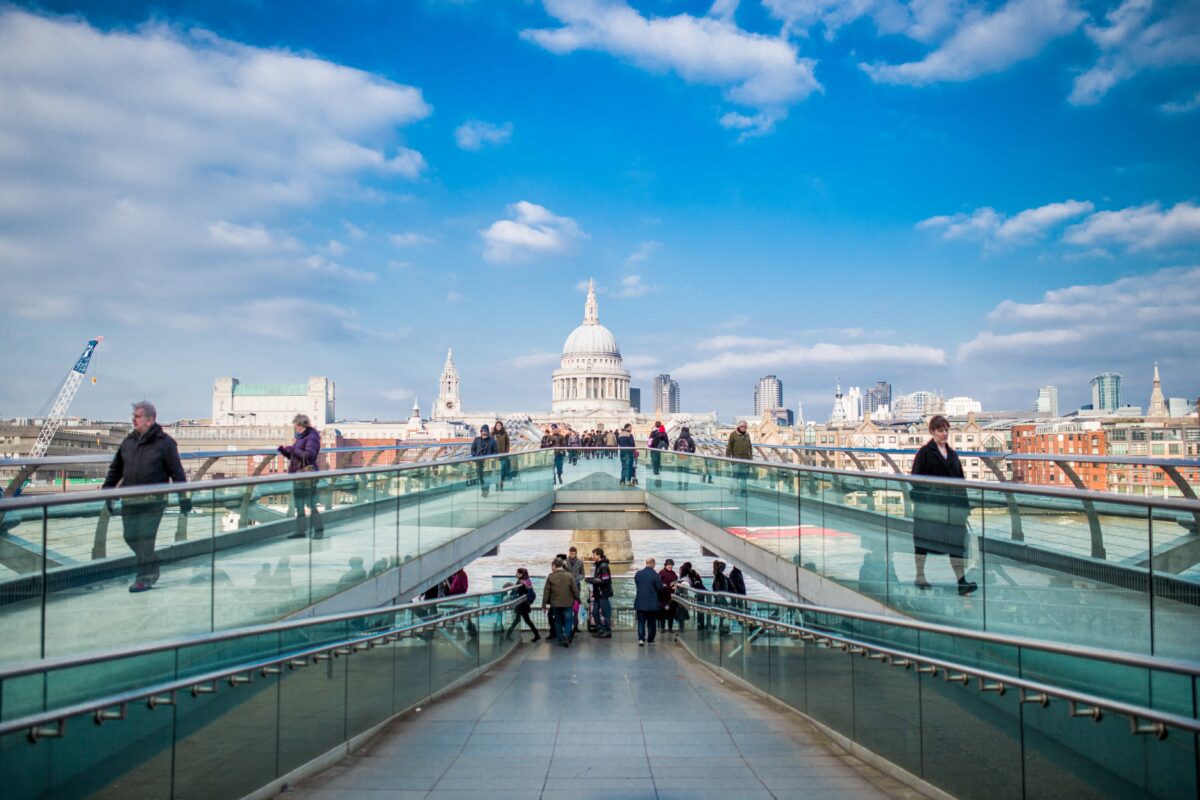
Walking in the footsteps of Queen Elizabeth I, or Shakespeare. Exploring the relationship between the French and the English, seeing where the Vikings landed or visiting WWII memorials. I just can’t get enough of Britain’s history and be able to visit a historic site that holds memories of an event that took place before Canada was even born is worth more than chocolate to me.
This is not a definitive list of historical sites in the UK but these are some of the best historical places to visit in the UK that I’ve visited when I lived here and you may be interested in.
- 47 best historical places to visit in England and the UK
- Historic sites in England
- Top 9 historic sites in London
- Top 25 Historic sites in England
- Windsor Castle
- Kenilworth Castle
- Warwick Castle
- Blenheim Palace
- Whitby Abbey
- Canterbury Cathedral
- Coventry Cathedral
- Lincoln Cathedral – Lincoln
- Salisbury Cathedral – Wiltshire
- Stonehenge
- Avebury
- The Shambles
- The White Horse of Uffington
- Brading Roman Villa, Isle of Wight
- Roman Baths in Bath
- Hadrian’s Wall
- Lindisfarne Priory – Northumberland
- Silverdale Hoard – Lancashire
- Ancient Technology Centre – Dorset
- The Ashmolean Museum – Oxford
- Shakespeare’s Birthplace Trust
- Winchester
- Tintagel Castle
- King’s College Chapel – Cambridge
- Leeds Castle
- 8 Historic sites in Scotland
- 5 Historic places in Wales
Historic sites in England
It goes without saying that to list all the historical monuments in the UK would take a book and I couldn’t possibly do justice to the thousands of historical places in England alone. So here is my attempt to give you a taste of some of the best and most famous landmarks in the United Kingdom
Top 9 historic sites in London
Tower of London
The Tower of London’s lurid terrible history is a major part of my obsession with British history and I couldn’t wait to get inside the Tower of London Now a UNESCO World Heritage Site.
The Tower of London is officially speaking Her Majesty’s Royal Palace and Fortress of the Tower of London. It is located on the north bank of the Thames in Central London and is pretty hard to miss. It was founded in around 1066 as part of the Norman conquest.
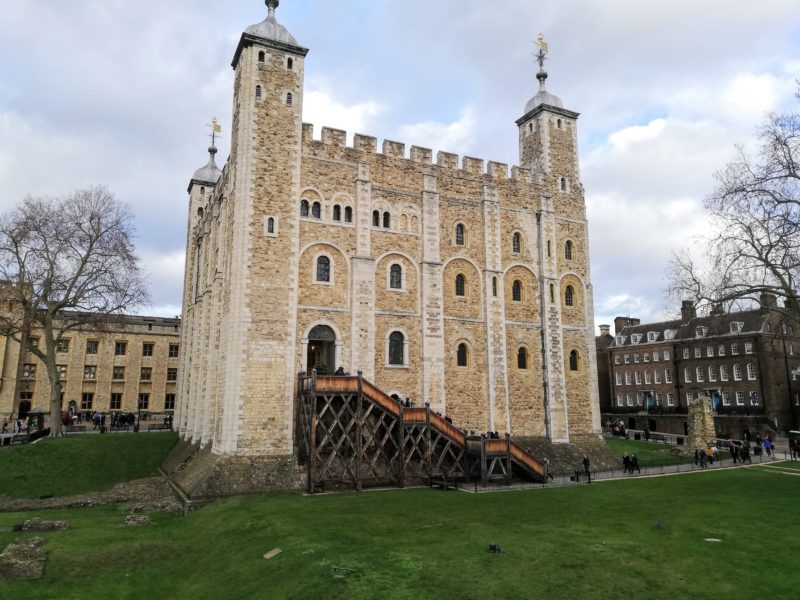
The oldest building inside the Tower of London is called the White Tower, which essentially gave the Tower of London its name. The White Tower was built by William the Conqueror in 1078 and the people of London just hated it. It became a prison in 1100. That was not its purpose though in its early days it did serve as a royal residence and had two rings of defensive walls and a moat.
The White Tower was the scene of one of the most infamous murder mysteries in British history. That of the Princes of the Tower and of course Shakespeare wrote about in Richard III. There is a beautifully preserved 11th-century chapel located in the tower.
Hampton Court Palace
Hampton Court Palace holds over 300 years of British History Hampton Court Palace is located on the border between London and Surrey. This Tudor Palace was built in 1515 by Cardinal Wolsey but when he fell out of favour with King Henry VIII the palace was taken from him by the King.
Henry had his architect Christopher Wren do his remodelling and brought all 6 of his wives to this Palace and made it their home. It wasn’t a happy place for the wives though as Jane Seymour died here in childbirth. Catherine Howard was arrested for treason and adultery and the legends say her ghost still walks the hallways.
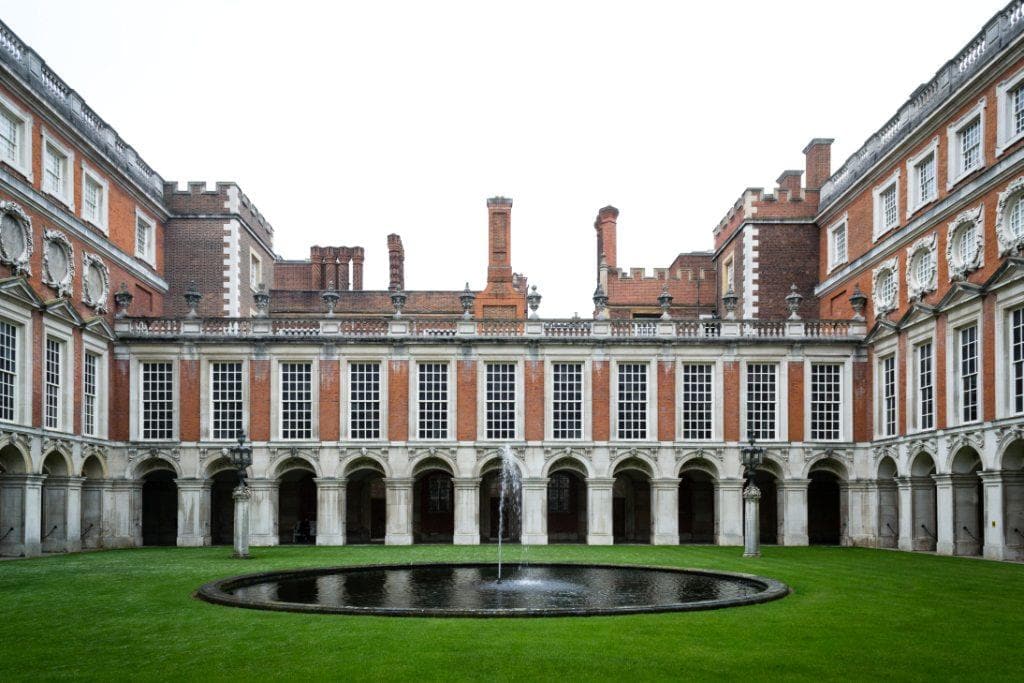
Hampton Court has been the home of many royals including William III (William of Orange) and his wife Mary II as well as King George II and his wife Queen Anne.
The palace is known for its stunning gardens and it has an incredible art collection with works by Rembrandt and Caravaggio.
Houses of Parliament
The British House of Parliament in London known as The Palace of Westminster was the first royal palace in England. The reason for the name of the Houses of Parliament is that there are two of them the House of Commons and the House of Lords. Yes, you can visit the Houses of Parliament and Big Ben and see this historic seat of the British government.
The Houses of Parliament got their name from the neighbouring Westminster Abbey but since the real name is the Palace of Westminster this was also a true palace that was built during the middle ages. The Palace of Westminster is owned by the Queen and it does retain its status as a royal residence it was also the first royal palace.
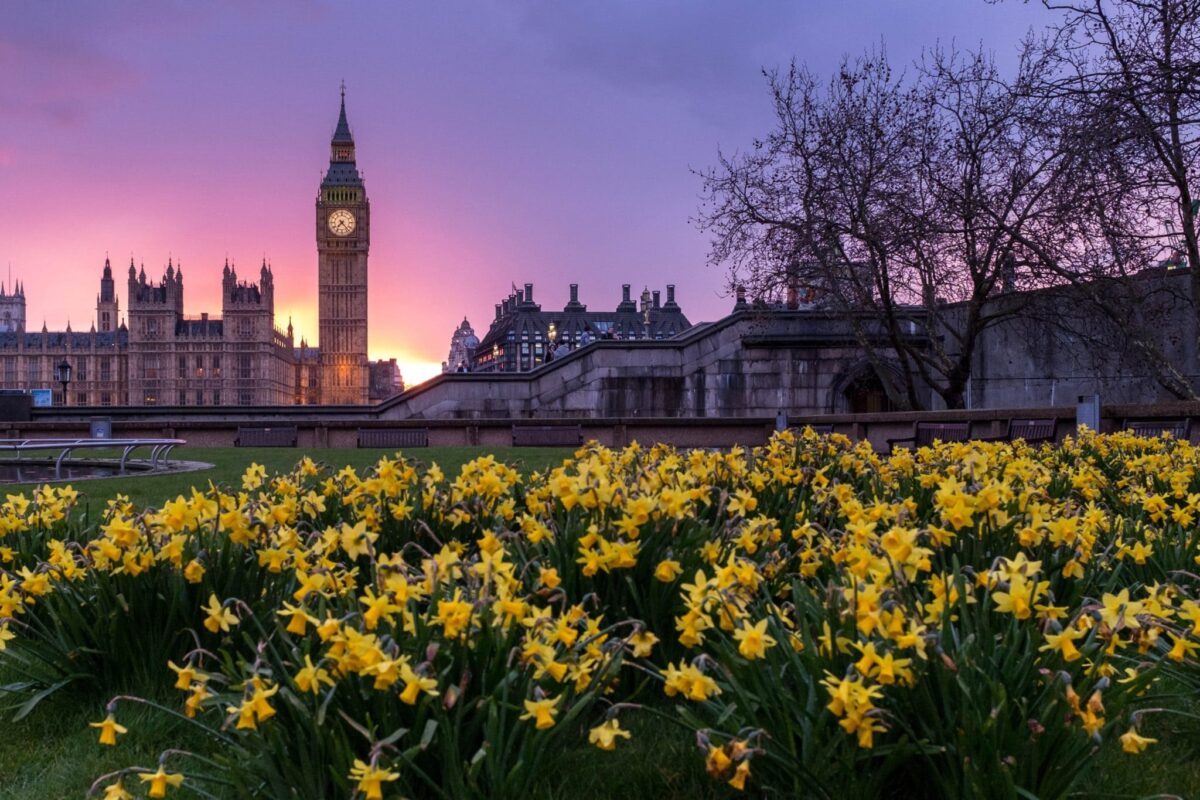
The first palace was built on the site in the 11th century under William II (Rufus), the son of William the Conqueror, and was completed two years later. In 1512 it was destroyed by fire and after that, it became the home of Parliament. It was Sir Charles Barry a 19th-century architect who designed the stunning gothic wonder we see today.
Westminster Abbey
Westminster Abbey is just across the road from the Parliament Building and is the place where royalty gets married and buried. Westminster Abbey is where kings and queens are crowned still today and where many famous figures are buried.
Memorials to political, literary and religious figures dot the aisles, and the abbey is surrounded by beautiful gardens.
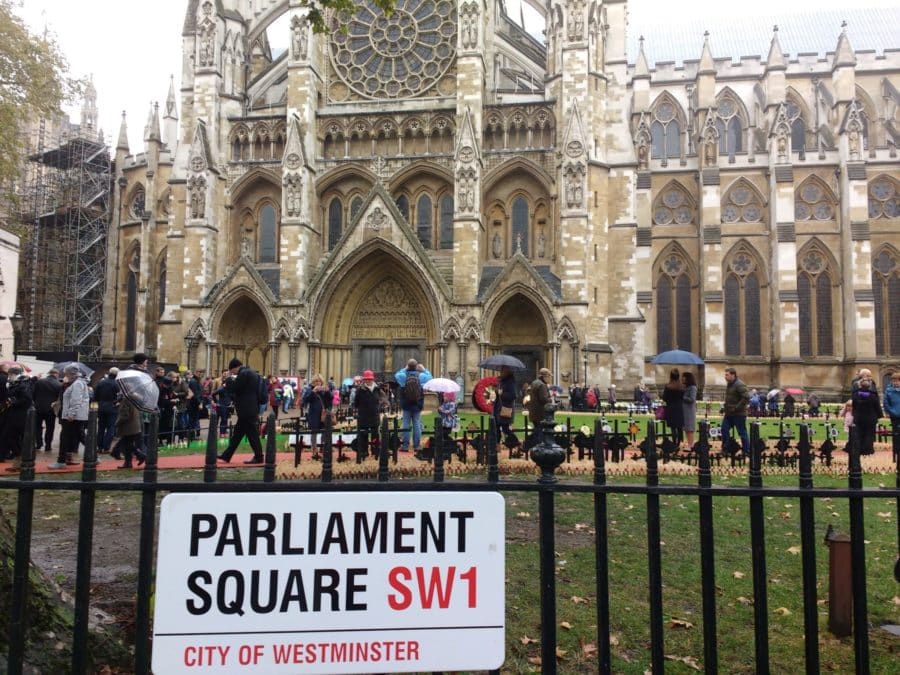
London Wall
The London Wall is one of those historic sites in the UK that many miss in London. The wall is the oldest existing one in London built by the Romans.
The wall was originally positioned at the end of the Cripplegate Fortress and then expanded into a city-wide defence system. Sadly in the 18th century, the wall was demolished as the city expanded.
The London Wall now only exists in pieces scattered across the city, including Cooper’s Row near the Tower Hill tube station.
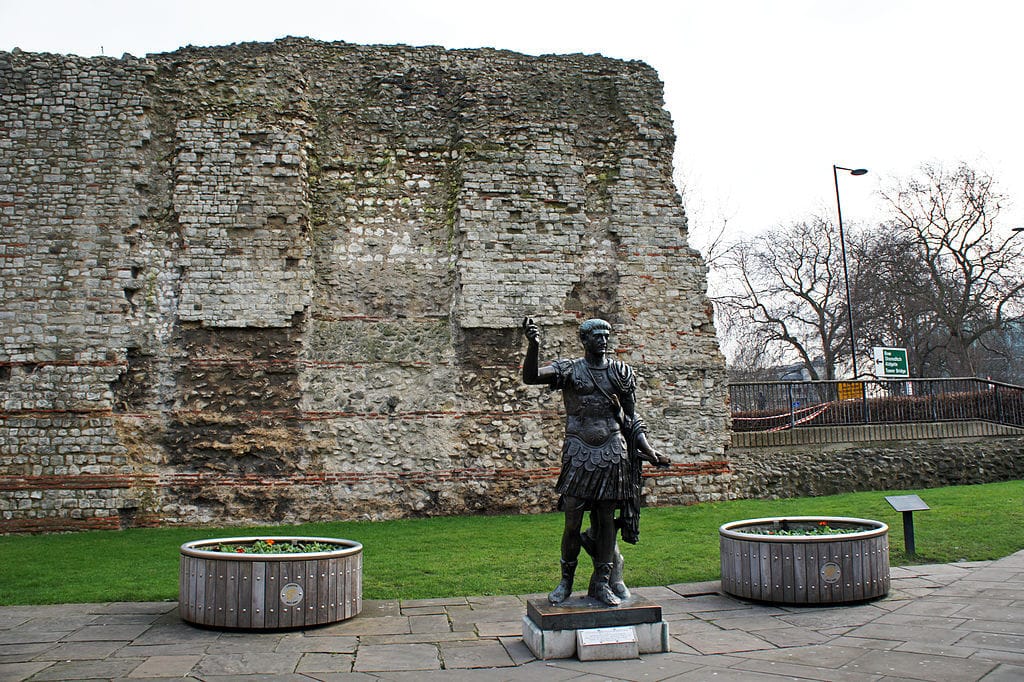
St Paul’s Cathedral
The huge cathedral is one of the most recognized and visited buildings in London. From its elaborate exterior to its astonishing interior décor, you certainly do not want to miss out on visiting this beautiful and inspiring building.
Throughout its history, St. Paul’s has served as a key location for several important events in British history, such as the wedding of Princess Diana and Prince Charles in 1981, and the funerals of Lord Nelson, Winston Churchill, the Duke of Wellington and Margaret Thatcher.
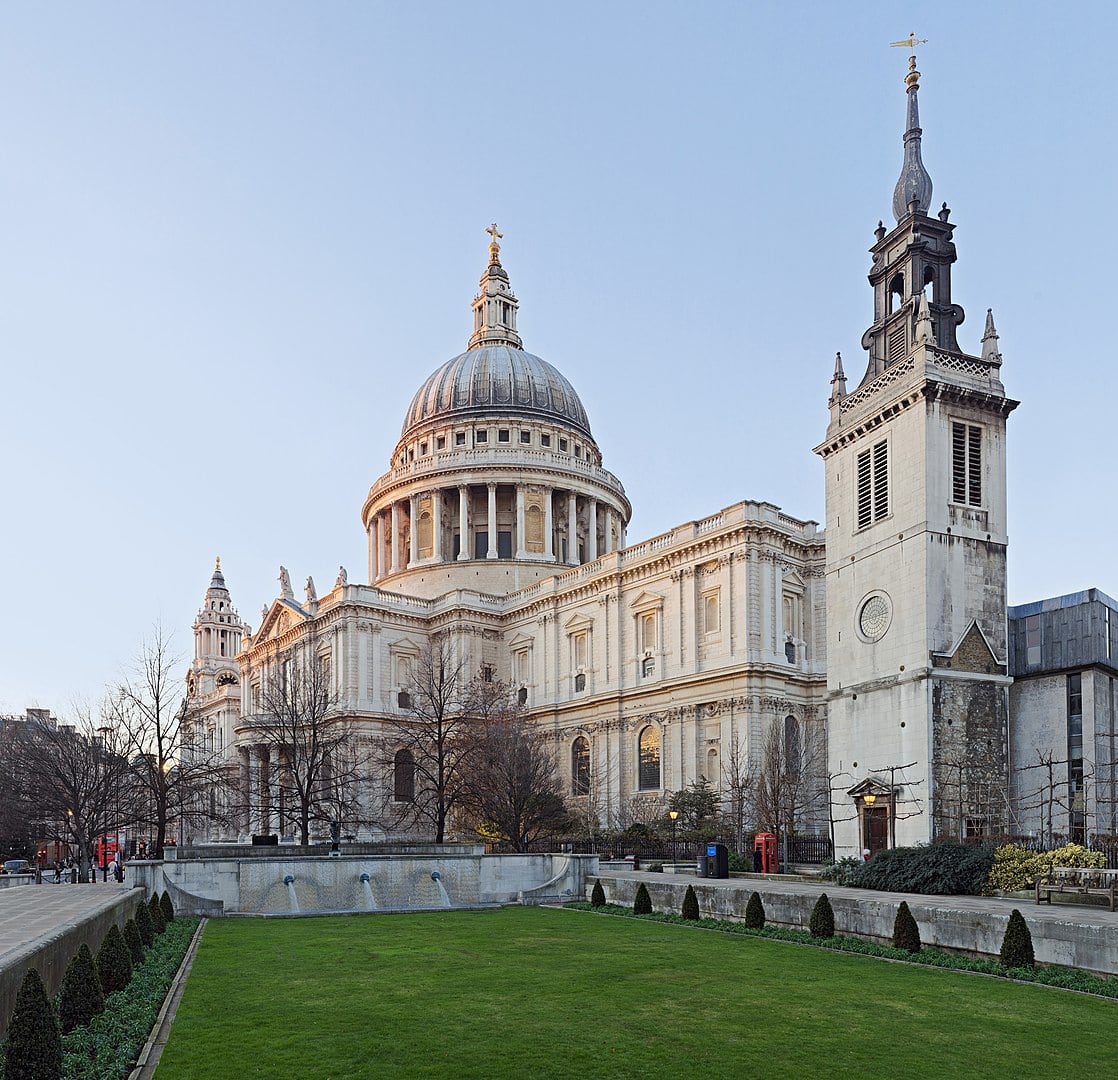
St. Paul’s Cathedral was designed by Sir Christopher Wren, and it is an Anglican cathedral and one of London’s most iconic buildings. It is located on top of Ludgate Hill, the highest point in the City of London. St Paul’s Cathedral dome is a famous lead-covered dome that is one of the world’s largest, and it was the tallest building in London until 1967.
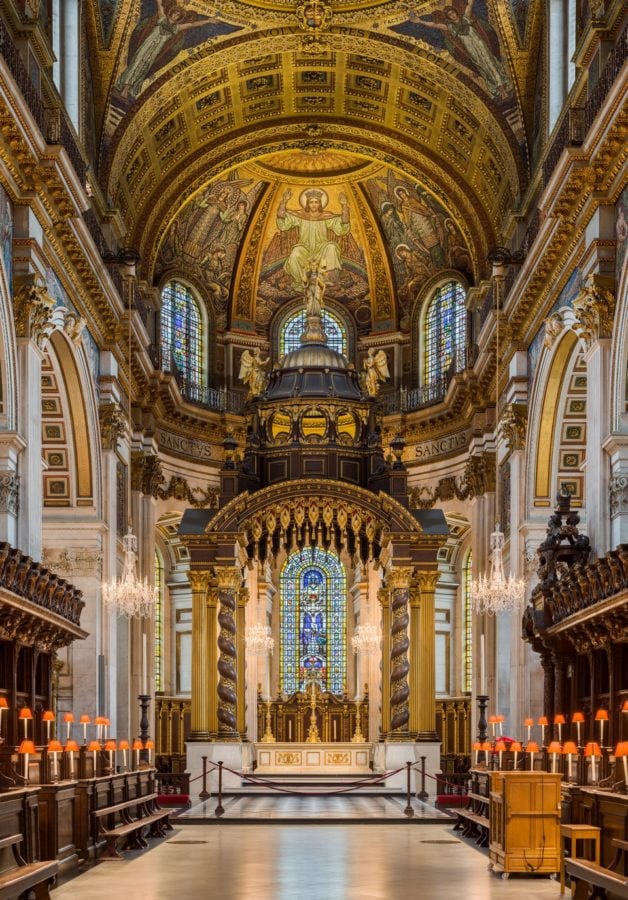
The current cathedral is the fifth building on the site of Ludgate Hill but the old St Paul’s Cathedral construction started when the original church was founded in 604 AD. The fourth, called Old St. Paul’s was a huge Gothic cathedral built by the Normans and regarded as one of the masterpieces of medieval Europe. It was destroyed by the Great Fire of 1666, after it burned down the City decided to build a new Cathedral.
Southwark Cathedral
Southwark Cathedral is a gothic cathedral constructed in the 15th century and built on what was originally a Roman residence. Located near Borough Market Southwark was a place of worship for famous British folks such as Chaucer, Shakespeare, James I of Scotland, and John Harvard, founder of Harvard University.
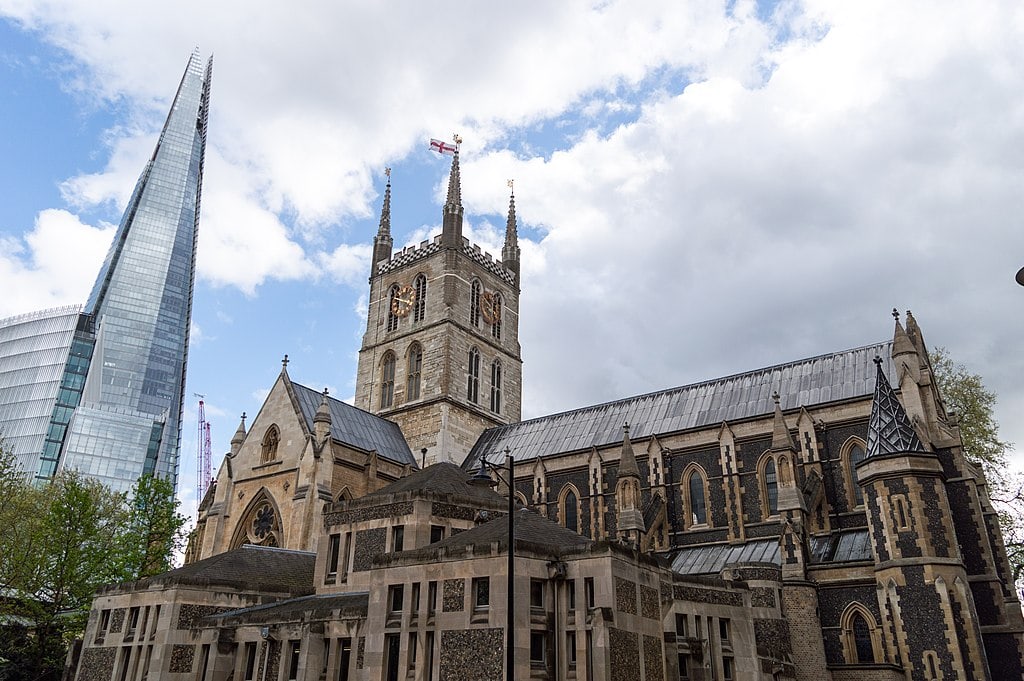
In the 20th century, the church was completely restored, and it’s still an active church today. There are various exhibits showing the Cathedrals history and attending a Midnight Mass when the cathedral is lit by candles is stunning.
Try to make a visit here, with a stop-off for food and drink at the outstanding brilliant Borough market and a walk along the lively South Bank.
Churchill War Rooms and Museum
The War rooms give you a glimpse back at what London suffered during WWII. You can see evidence of the British efforts to defeat the Germans and survive the Blitz of London.
These rooms are where Churchill lived and devoted his life to ensuring Britain survived the Nazi aggressions.
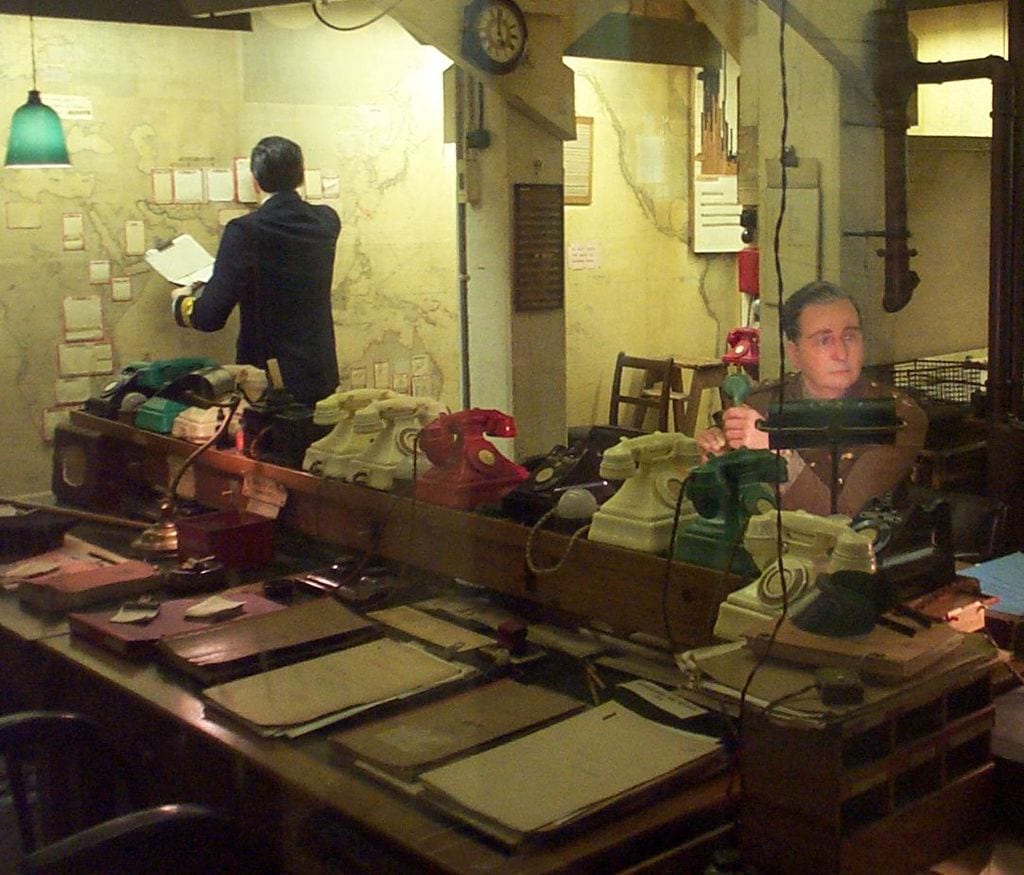
Cutty Sark
The Cutty Sark is part of the Royal Museums Greenwich, a collection of historic monuments also including the Royal Observatory, the Queen’s House, and the National Maritime Museum.
The Royal Museums Greenwich is located within Maritime Greenwich, one of four UNESCO World Heritage sites in London.
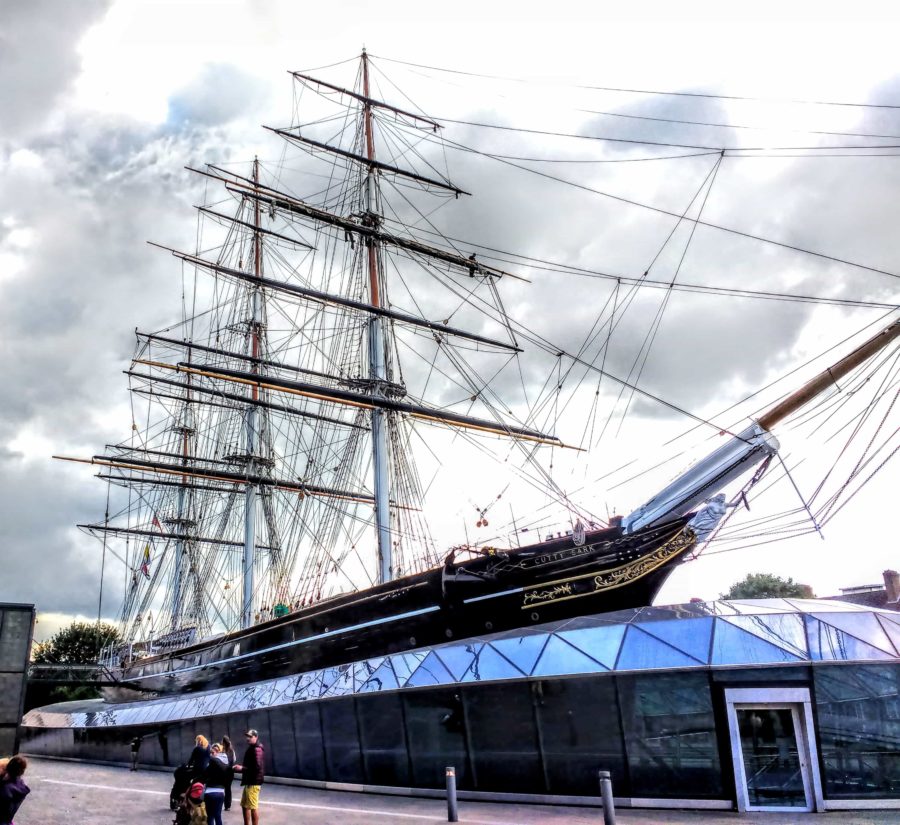
The Cutty Sark is a British clipper ship that was built on the River Leven in Dumbarton Scotland in 1869 for the Jock Willis Shipping Line, she was one of the last tea clippers to be built, and one of the fastest. The building of Clipper ships was soon to be abandoned due to the advent of the steam engine.
Top 25 Historic sites in England
Windsor Castle
Windsor Castle in Berkshire is the oldest and largest inhabited castle in the entire world and has been around for over 1000 years.
Founded by William the Conqueror in the 11th century, it has since been the home of 39 monarchs. Today The Queen spends most of her private weekends at the Castle.
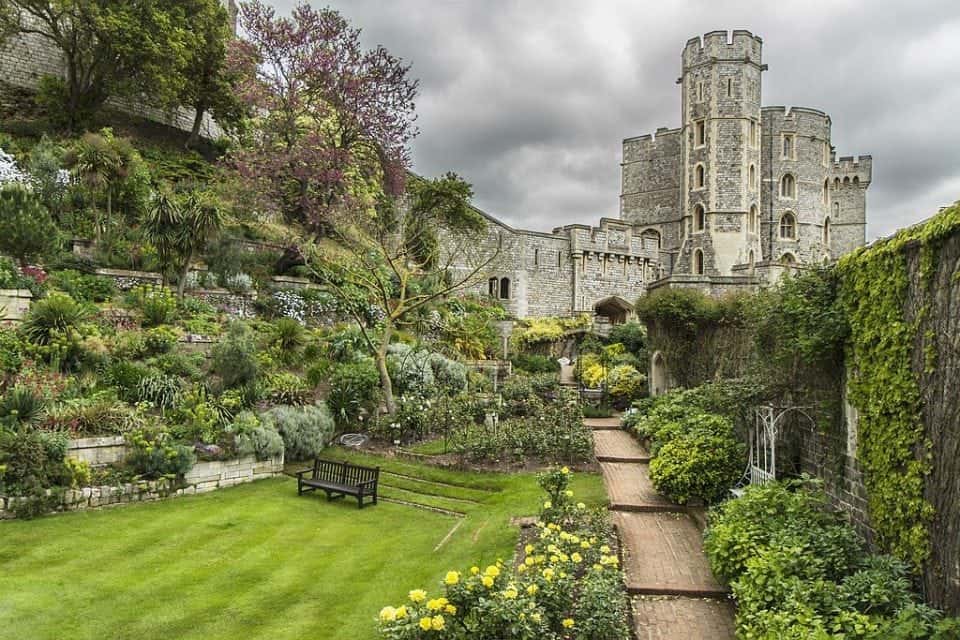
By 1110, Henry I had moved into the castle but it was his grandson Henry II who changed the Castle into a true Palace in the 12th century. Henry II built two sets of royal apartments within the fortified enclosure and a smaller private residence on the north side of the upper ward. He also replaced the timber walls with stone and rebuilt the Norman keep in 1177.
When Elizabeth I took up residence at Windsor, many parts of the Castle were badly in need of repair. An extensive programme of improvements was undertaken throughout the 1570s. Elizabeth also built a long gallery overlooking the North Terrace. This gallery was incorporated into the Royal Library during the 19th century.
Kenilworth Castle
The original castle at Kenilworth is thought to have been a motte and bailey with wooden buildings and was established in the 1120s by Geoffrey de Clinton. Kenilworth Castle is one of the great historical sites in England. Built in the 1120s and a royal castle for most of its history, it was expanded by King John, John of Gaunt and Henry V and became a royal castle in 1173.
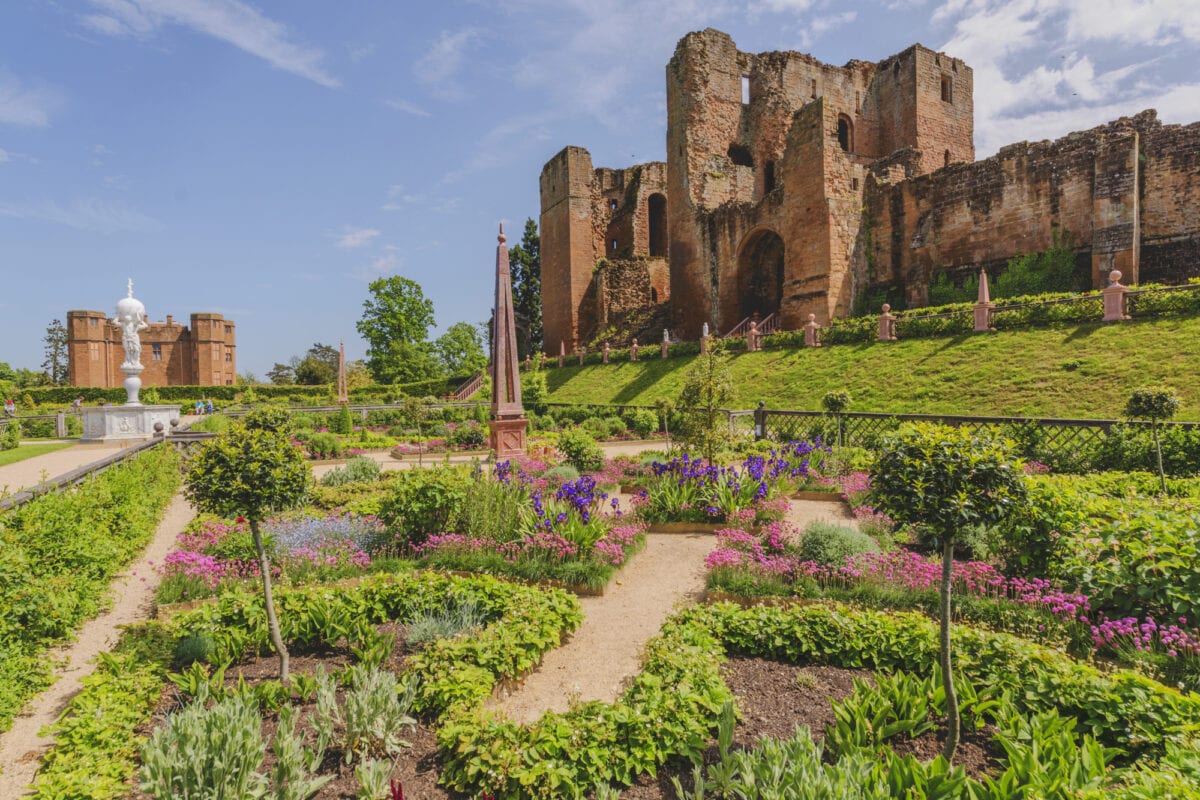
In 1253 Henry III granted the castle to Simon de Montfort, Earl of Leicester. In 1361 the castle passed to John of Gaunt (son of Edward III), who developed it as more of a royal palace than a castle. In 1553 the castle was granted to John Dudley, Duke of Northumberland.
The Duke was unfortunately executed for crimes against the Crown and it was returned to the Kingdom. It was Queen Elizabeth that gave the land and Castle back to Robert Dudley who was in love with her and one of her favourites.
Warwick Castle
One of Britain’s finest castles Warwick castle can be traced back to 914 AD when Alfred The Great’s daughter built a fort on the site. The original castle was built in 1068 by William The Conqueror, out of wood. In order to make room for the castle in the existing city, four houses were destroyed.
The Castle sits proudly on a sandstone bluff at a bend of the River Avon. The river, which runs below the castle on the east side, has eroded the rock the castle stands on, forming a cliff. The river and cliff form natural defences.
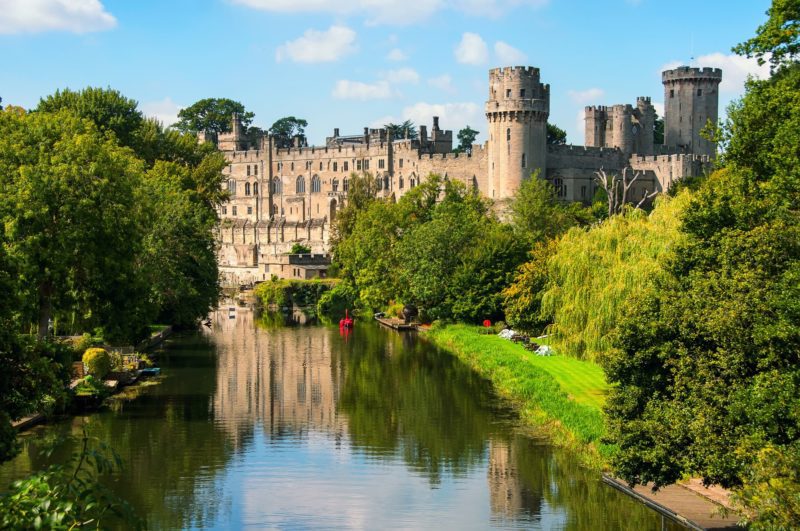
It was in 1068 that William the Conqueror built a motte and bailey which was a wooden fortification on the hilltop. In the 12th century, a stone castle replaced the wooden fortification and it became one of Britain’s most impressive strongholds.
Of course, during the period from the 13th century to the 17th century, Warwick Castle survived many dramas. In 1153, the wife of the 2nd Earl of Warwick was tricked into believing her husband was dead and so handed the castle over to Henry of Anjou who was to become King Henry II. Unfortunately, when the Earl heard what his wife had done he did drop dead.
King Henry fortified Warwick Castle and introduced a new layout to the Castle with buildings inside the castle walls. It wasn’t until the 11th Earl that Warwick Castles’ defences were enhanced which was around 1330-60.
Blenheim Palace
Blenheim Palace is a UNESCO World Heritage of outstanding universal value. Blenheim Palace is the only building in England that is considered a Palace even though there is no Queen (or King) in residence. For some strange reason, they often call this the “real Downton Abbey“. I’m guessing they call it that because it has inspired much of Julian Fellowes’s documentaries and work.
Blenheim Castle was designed by Sir John Vanbrugh in 1705 and built in the early 18th century and presented by the nation to John Churchill, the first Duke of Marlborough, in recognition of his victory in 1704 over French and Bavarian troops. It was this victory that decided the fate of the Empire.
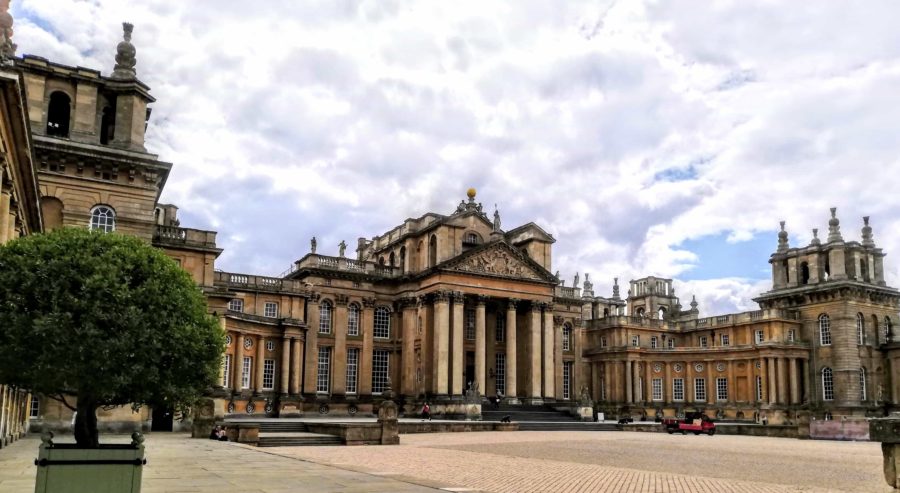
Blenheim Castle sits within a large walled landscape park, designed by Lancelot “Capability” Brown and considered a “naturalistic Versailles”. Originally the landscape of the Blenheim Palace grounds was set out by Vanbrugh who adjusted the course of the River Glyme to suit his building. It was Capability Brown who later created the two lakes and developed what became known as the naturalistic style of landscape design.
Whitby Abbey
Looming above Whitby stands Whitby Abbey in North Yorkshire, the evocative ruin of a once-great Benedictine monastery, founded in the 11th century. These ruins stand on the site of an ancient medieval abbey founded by the Anglian princess Hild in 657. Hild was the first abbess of Whitby and she led one of the most important religious centres of the Anglo-Saxon world.
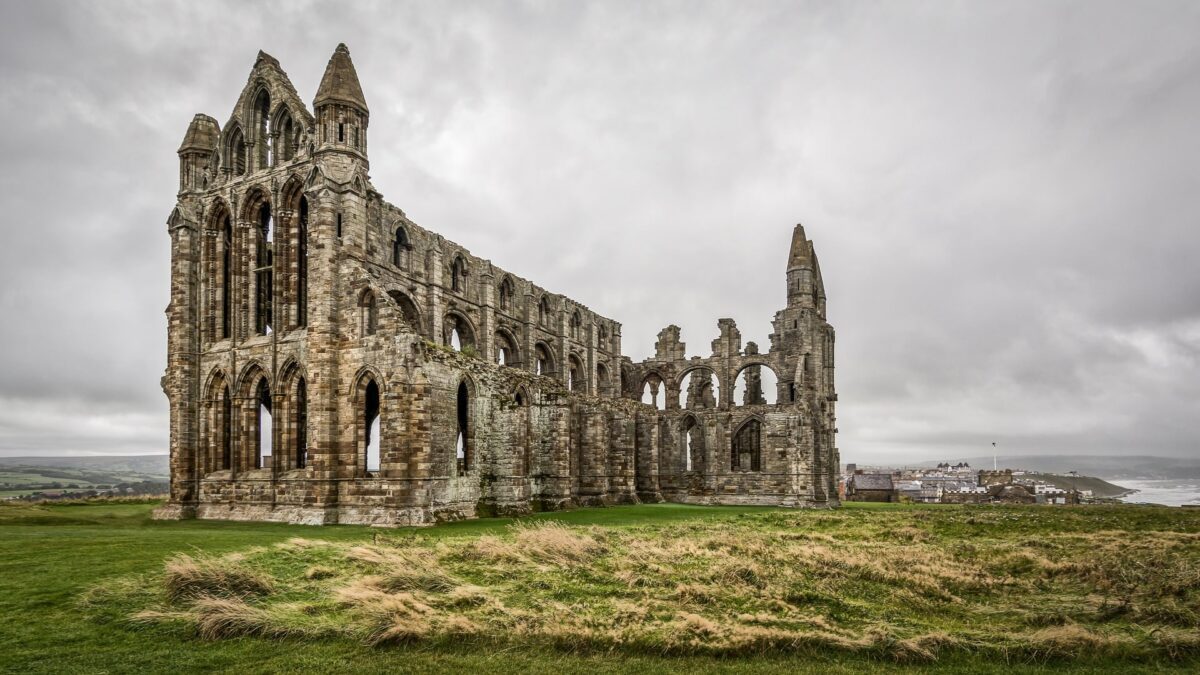
In medieval times the interior of the choir would have been covered in vibrantly coloured murals and the windows would have coloured glass. John Leland, who was a 16th-century recorder of the riches of the Monasteries was commissioned by Henry VIII to inventory these buildings. He stated that one of the stained glass windows depicted William the Conqueror punishing the Scots for indulging in cannibalism.
For all Dracula fans, Whitby Abbey is a place of pilgrimage as this is where it is believed that the story of Dracula began. The gothic masterpiece that is Whitby Abbey is famous throughout the world and a must-see English heritage site that is well worth exploring.
Canterbury Cathedral
Canterbury Cathedral is one of the most famous and oldest Cathedrals in the country. The Cathedral is also the seat of the Archbishop of Canterbury, the head of the Church of England and the Mother Church of the Anglican Communion.
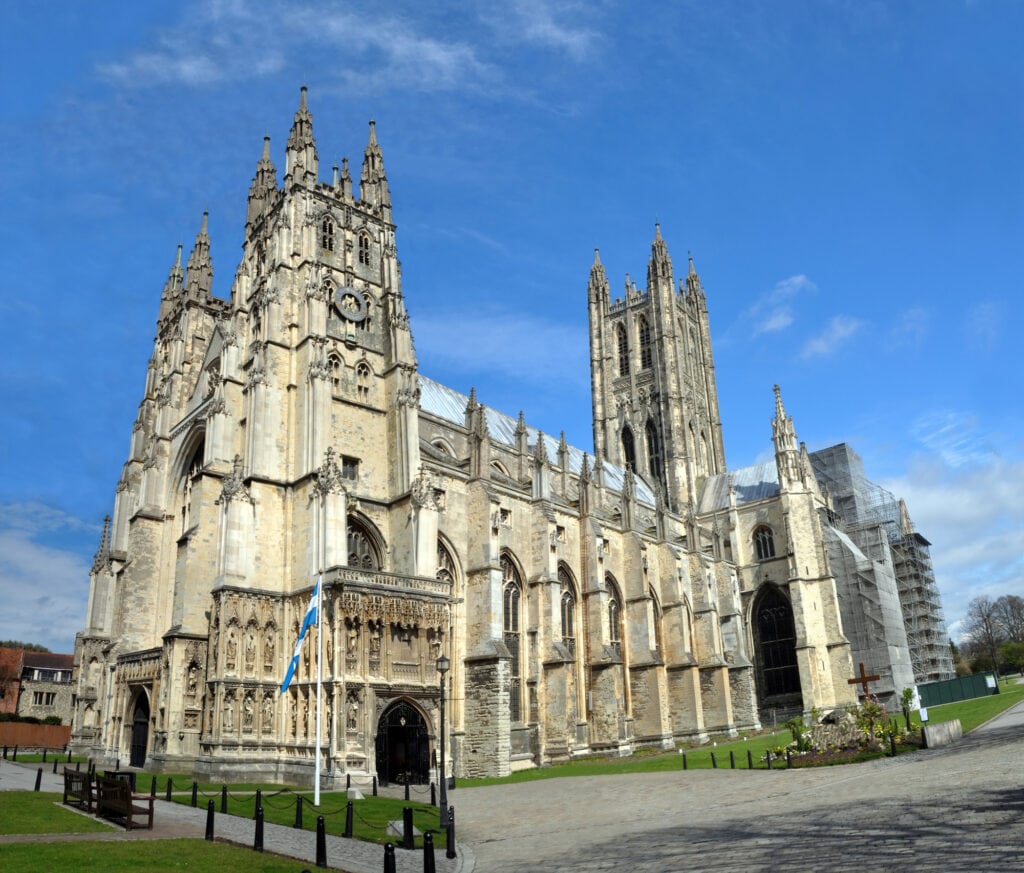
One spectacular feature of the architecture of Canterbury Cathedral is the gorgeous stained glass windows. They are enclosed into stone Gothic frames which go up high, towards the arches of the ceiling. The entire interior of the cathedral is a work of art, with paintings, sculptures and statues decorating the walls. The crypt is another interesting part of the Cathedral, which you must not forget to visit. The Cathedral often hosts different art exhibitions within the cathedral.
On the grounds of the Cathedral, you can see the ruins of the original 12th-century Norman Infirmary chapel, part of the monastery where the Cathedral was built.
Coventry Cathedral
The Cathedral Church of Saint Michael is the full name for the Coventry Cathedral and the current church is the 3rd to stand in the same area. Around 700 AD St Osburga founded a convent beside the Sherbourne River, which eventually became a cathedral and the name Coventry is believed to have come from the word convent. The convent was destroyed by King Canute.
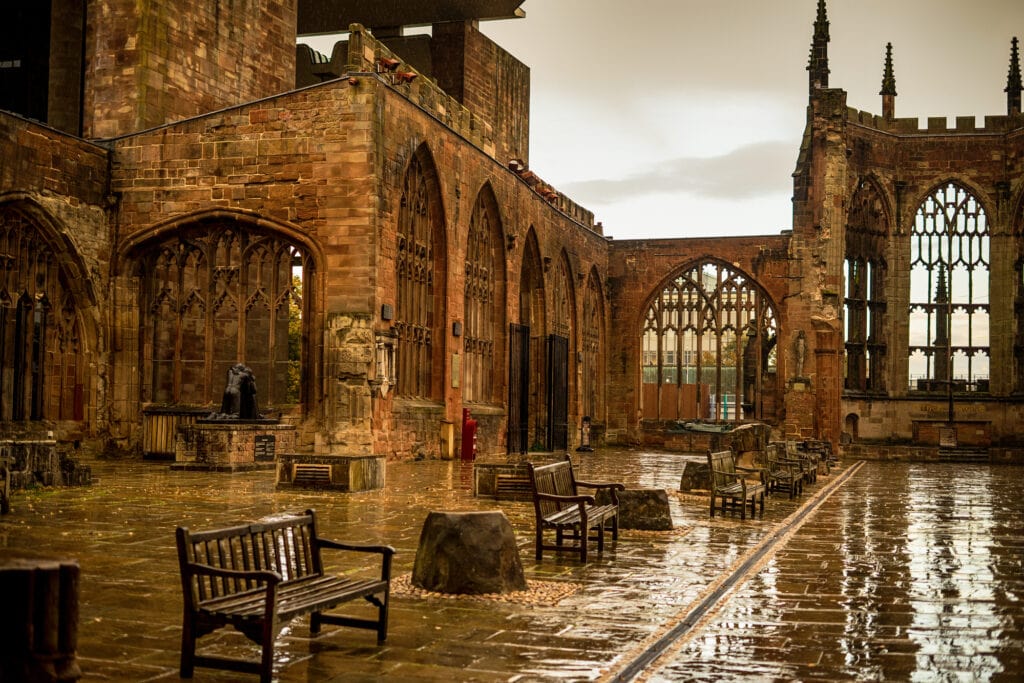
Coventry had a medieval cathedral that survived until the Reformation. This was St Mary’s Priory and Cathedral. During WWII the Cathedral was heavily damaged by the Luftwaffe bombs. The current St. Michael’s Cathedral was built next to the remains of the old cathedral and was built in the 1950s.
Lincoln Cathedral – Lincoln
The Lincoln Cathedral was established in 1073 and is currently the third-largest church in England. It was originally built under the authority of Bishop Remigus. A massive earthquake in 1185 led to the renovation in 1186 under Great St. Hugh, the then Bishop. Today it stands as a prominent example of Gothic architecture in England.
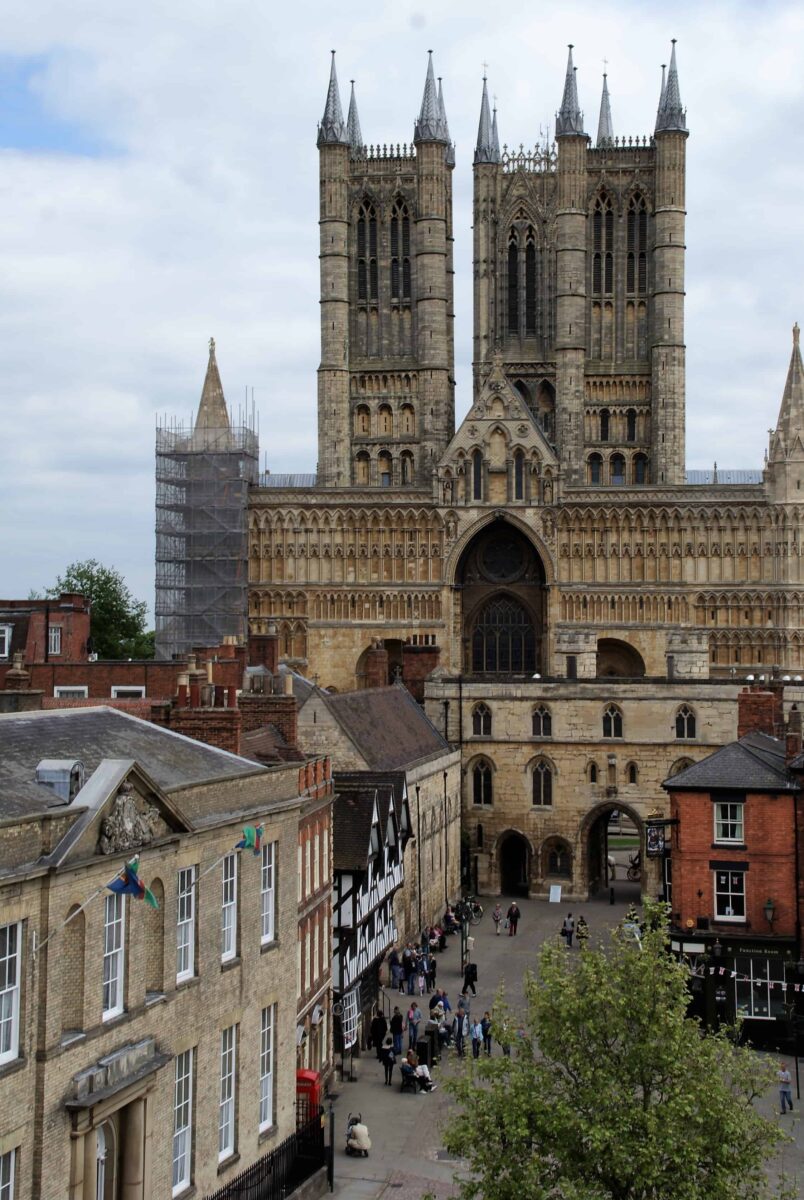
The Medieval and Wren Libraries, inside the cloisters of this building, hold an impressive collection of books dating back to the 15th century. A memorial chapel inside the Cathedral grounds is dedicated to the Lincolnshire martyrs of World War 2.
Salisbury Cathedral – Wiltshire
Salisbury Cathedral is located in the southern English medieval town of Salisbury in Wiltshire. This stunning cathedral makes a perfect side trip for those visiting Stonehenge, as it’s only 9 miles away from the famous attraction.
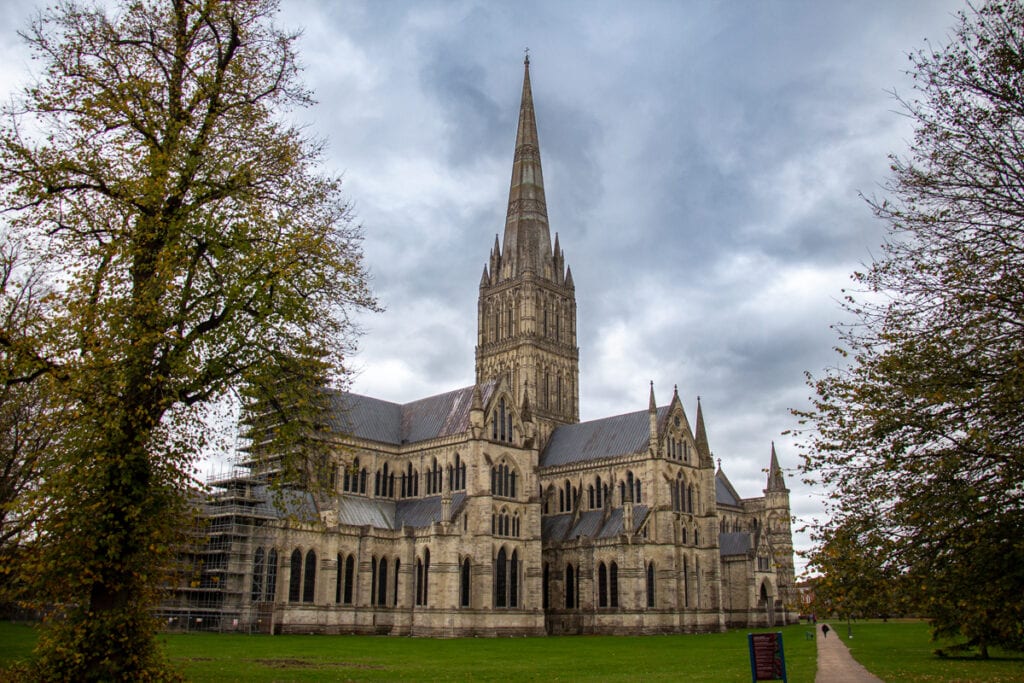
The 13th-century cathedral is best known for housing one of the remaining four original copies of the Magna Carta (The Great Charter), a groundbreaking document on human rights sealed on June 15, 1215, by King John at Runnymede. Visitors to the cathedral have the opportunity to see the document in the gorgeous Chapter House.
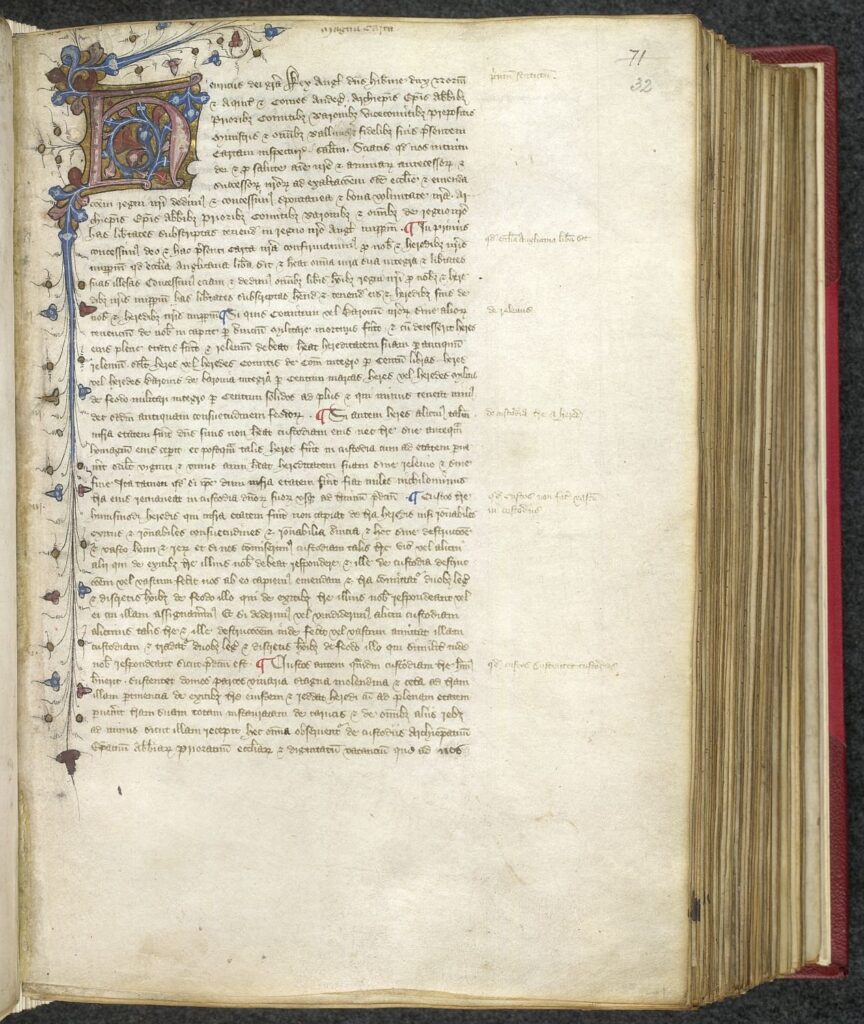
Stonehenge
Stonehenge the prehistoric stone monument is a UNESCO World Heritage site near Salisbury in the southwest of England. Even today the construction of this monument baffles scientists and historians. The Henge aligns with the Winter sunset solstice sun and the spring solstice sunrise. Stonehenge dates to around 3000 BC and is a masterpiece of megalithic engineering.

Avebury
Stonehenge and Avebury, on the Berkshire and Wiltshire borders, are among the most famous groups of stone circles in the world. The two areas consist of circles of menhirs (stones) arranged in a pattern whose astronomical significance is still being explored. According to UNESCO “these holy places and the nearby Neolithic sites are an incomparable testimony to prehistoric times”.
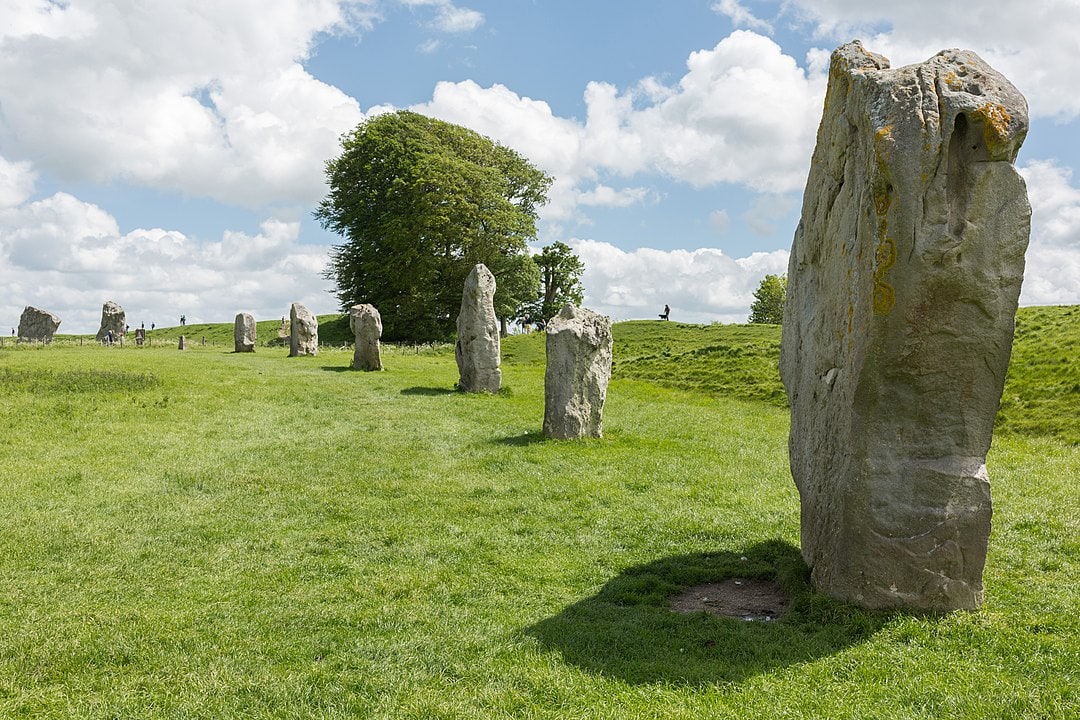
Avebury is the largest prehistoric stone circle in the world. Together with inter-related monuments, and their associated landscapes, it demonstrates ceremonial practices dating back 2000 years. At Avebury, there are related areas that include Windmill Hill, the West Kennet Long Barrow, the Sanctuary, Silbury Hill, the West Kennet and Beckhampton Avenues, the West Kennet Palisade Enclosures, and important barrows.
The Shambles
The Shambles is a term used to describe a maze of narrow twisty lanes in the centre of York. At the heart of the Shambles is the actual lane called The Shambles and it is obviously the best-preserved medieval street in the world. The Domesday Book of William the Conqueror mentions the Shambles in 1086. Many of the existing buildings date back to 1350-1475 and are chock full of stories and interesting history.
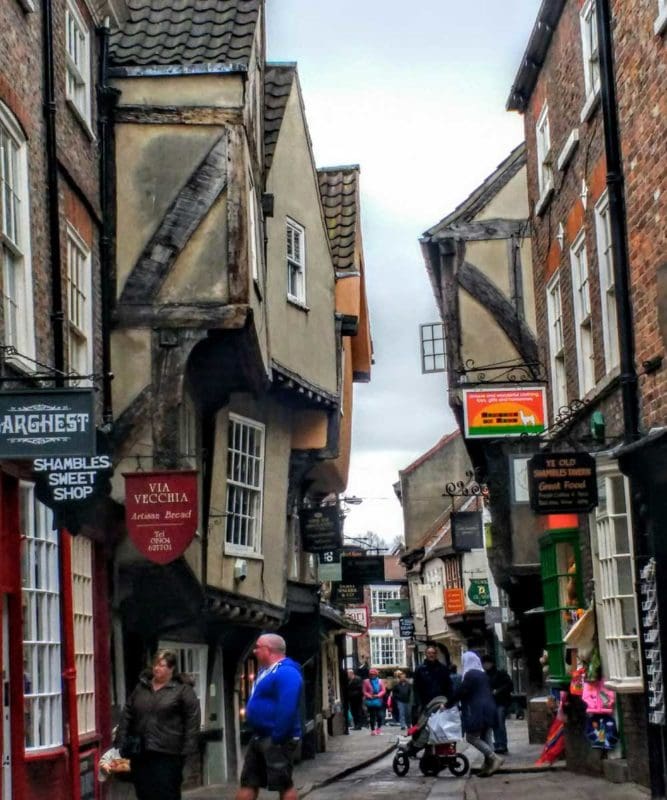
It is believed that the name Shambles comes from the Anglo-Saxon word for shelves which were obviously a major feature of the shops. The name is thought to derive from ‘Shammel’, an Anglo-Saxon word for the shelves or booth-style shop fronts. The other theory is that it comes from the word flesshammel which means flesh so the original name was thought to be “the great flesh Shambles”.
The White Horse of Uffington
The Vale of the White Horse stretches about 18 miles from Swindon to the outskirts of Abingdon. This is a beautifully peaceful area of Oxfordshire with large stretches of farmland, small rivers and streams that meander carelessly over the land. The White Horse is a figure carved into an Oxfordshire hillside.

The White Horse is carved into the chalk hillside just above Uffington. The Huffington white horse date appears to be around 1400 BCE and just above the White Horse is Uffington Castle which is a neolithic hill fort. A short walk away you will find Wayland’s Smithy and the ancient long Barrow site.
Brading Roman Villa, Isle of Wight
This large Roman villa and courtyard were built in the 1st century AD and despite frequent Anglo-Saxon raids and the occasional fire, remained in use until the 4th century AD. Today all of the 12 ground-floor rooms can still be seen, including a fabulous mosaic in the main entertaining room.
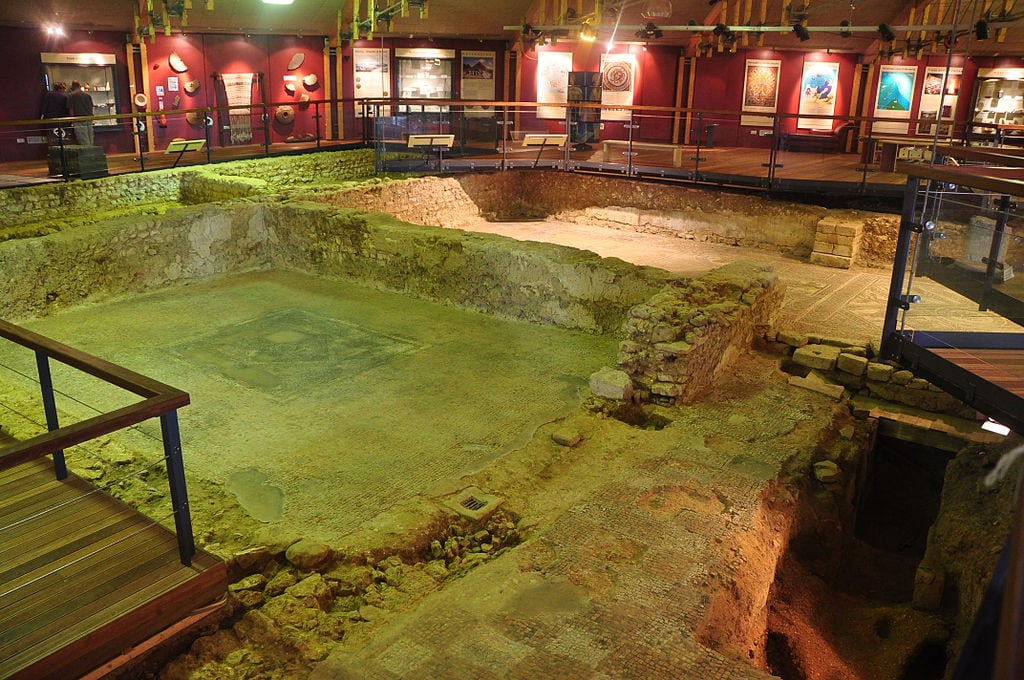
Roman Baths in Bath
In the heart of the city of Bath in the South West of England sit some of the best-preserved Roman remains in the world.
The baths after which the city is named are fed by a naturally heated water source deep underground and these steaming hot springs are still providing a supply to the Baths even today.
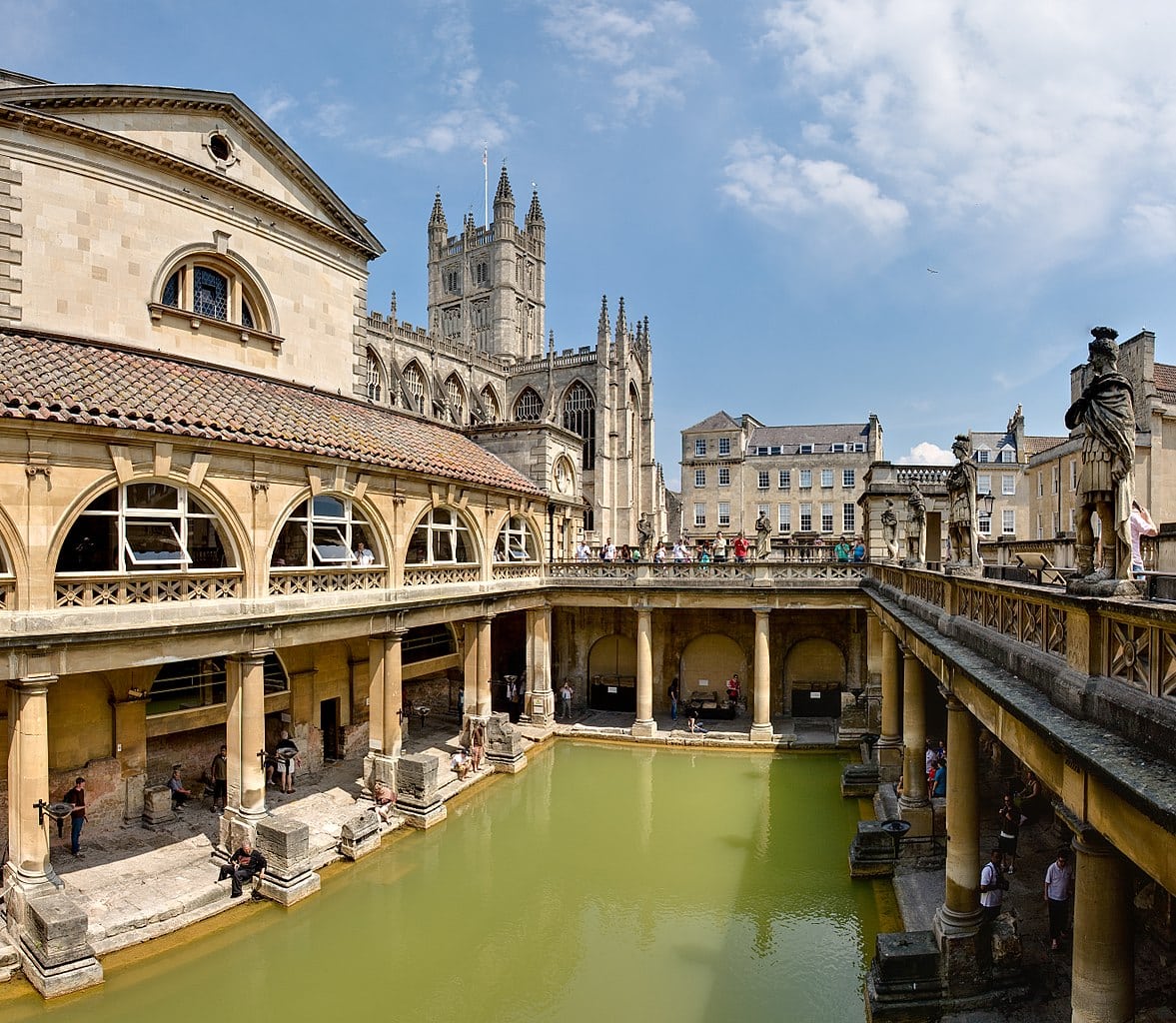
Hadrian’s Wall
Hadrian’s Wall is a large Roman fortification that crosses the entire width of northern England, stretching for 117 kilometres between the North and Irish Seas. Built around 122 AD during the reign of Emperor Hadrian, the Wall marked the northern edge of Roman Britain and the northern boundary of the Empire. Added to the UNESCO World Heritage List 1987 along with the nearby Antonine Wall, Hadrian’s Wall is one of the best-known Roman ruins still remaining in England, and one of the best World Heritage Sites in England.
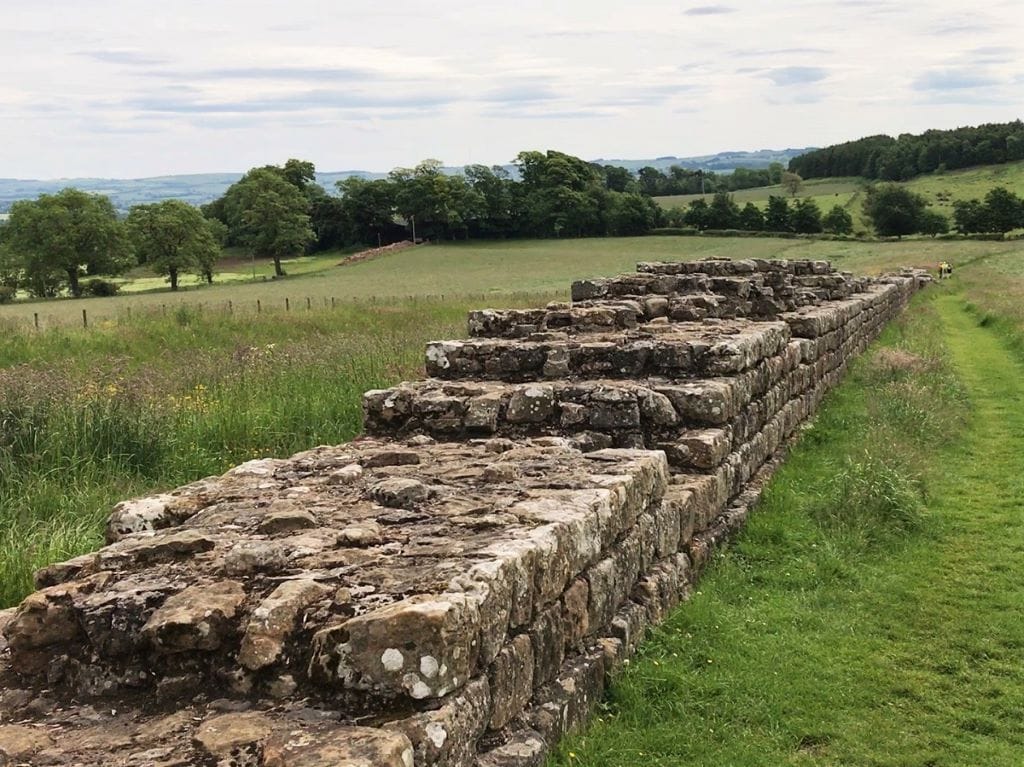
Lindisfarne Priory – Northumberland
Lindisfarne was the site of the first recorded Viking raids on British soil and the beginning of the Viking invasion of Britain and should be your first stop on a Viking discovery journey.
In 635AD Saint, Aidan came from Iona and chose to found his monastery on the island of Lindisfarne. The first recorded Viking attack in history took place on Lindisfarne in 793AD.
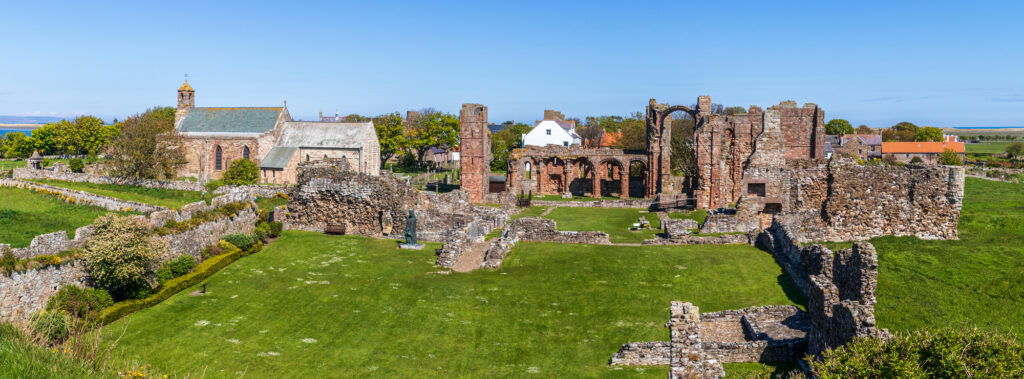
Silverdale Hoard – Lancashire
The Silverdale Hoard is a collection of over 200 pieces of silver jewellery and coins discovered near Silverdale, Lancashire, England, in September 2011. Valued at £110,000, the collection, found in a field near Silverdale by a metal detectorist, is one of the largest Viking hoards ever discovered in the UK, and is believed to date to around 900AD.
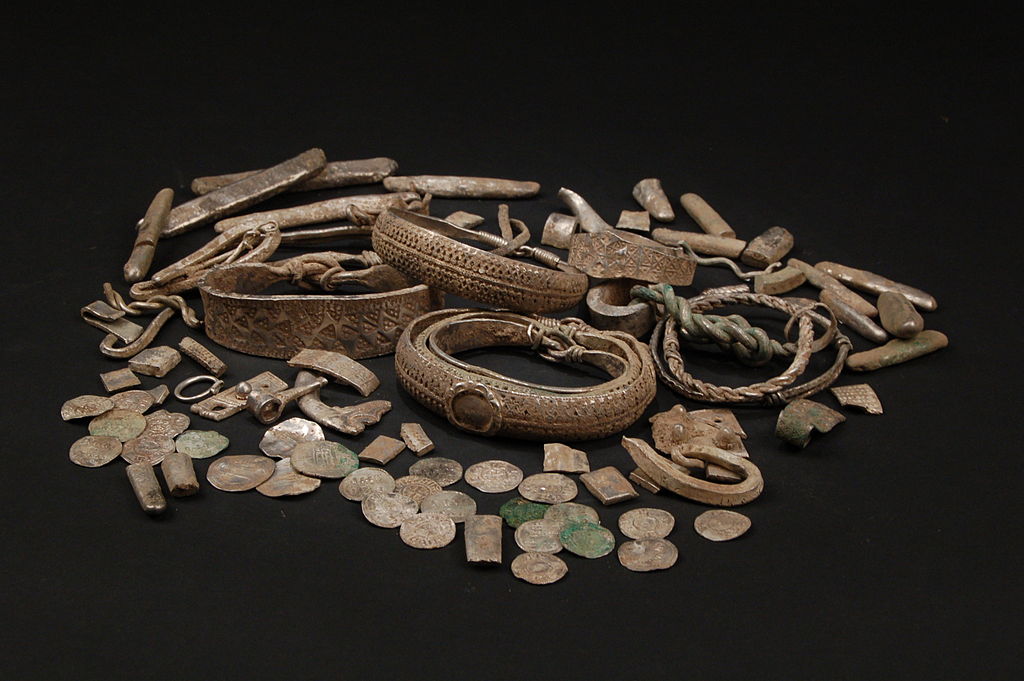
Ancient Technology Centre – Dorset
The Ancient Technology Centre gives visitors a chance to stay overnight in a Viking longhouse where you can spend the day in authentic Viking garb making fences, tending to the animals, and doing the ancient chores of a Viking. The Centre’s 26-metre, bow-sided Viking longhouse, is constructed with traditional materials and techniques to provide a truly immersive experience.
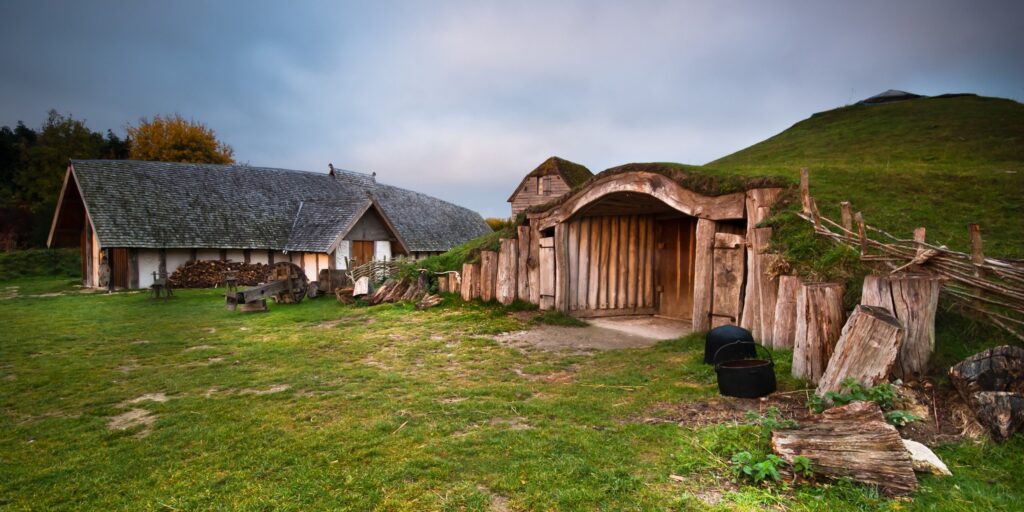
The Ashmolean Museum – Oxford
The Watlington Hoard was found by an amateur metal detectorist in a farmer’s field in Watlington, Oxfordshire in 2015. It contains 186 coins,15 ingots and seven pieces of jewellery, and is thought to date to sometime after the battle of Edington in 878AD which Alfred the Great won over the Vikings. You can see the hoard at the Ashmolean Museum in Oxford.
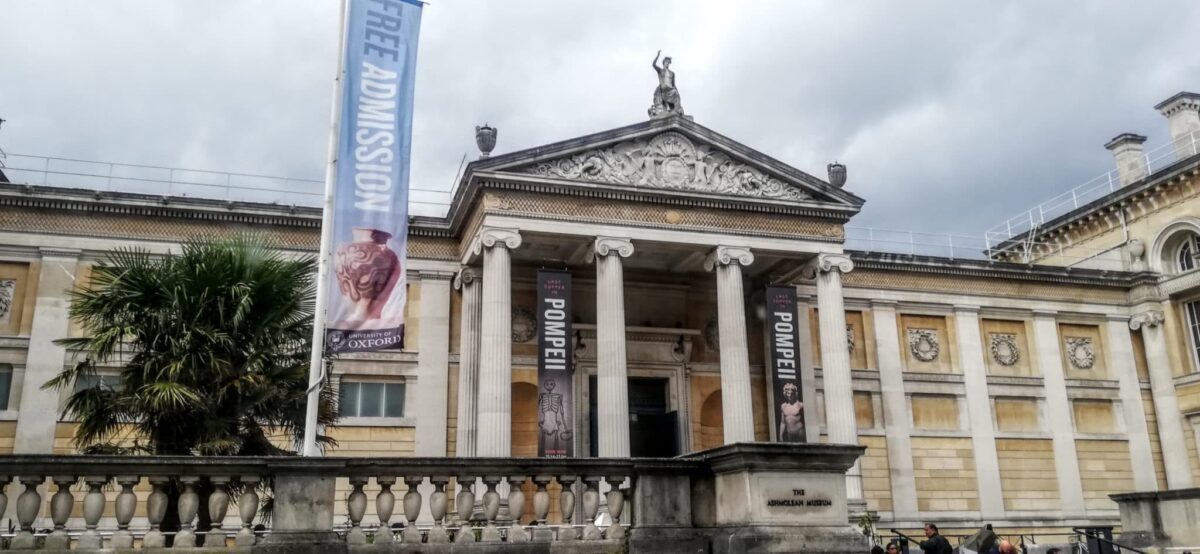
Shakespeare’s Birthplace Trust
The Birthplace Trust takes you through 5 historic Shakespeare locations that are all in Stratford upon Avon, Shakespeare’s Birthplace, Mary Arden’s Tudor Farm, Anne Hathaway’s Cottage, Shakespeare’s New Place and Hall’s Croft.
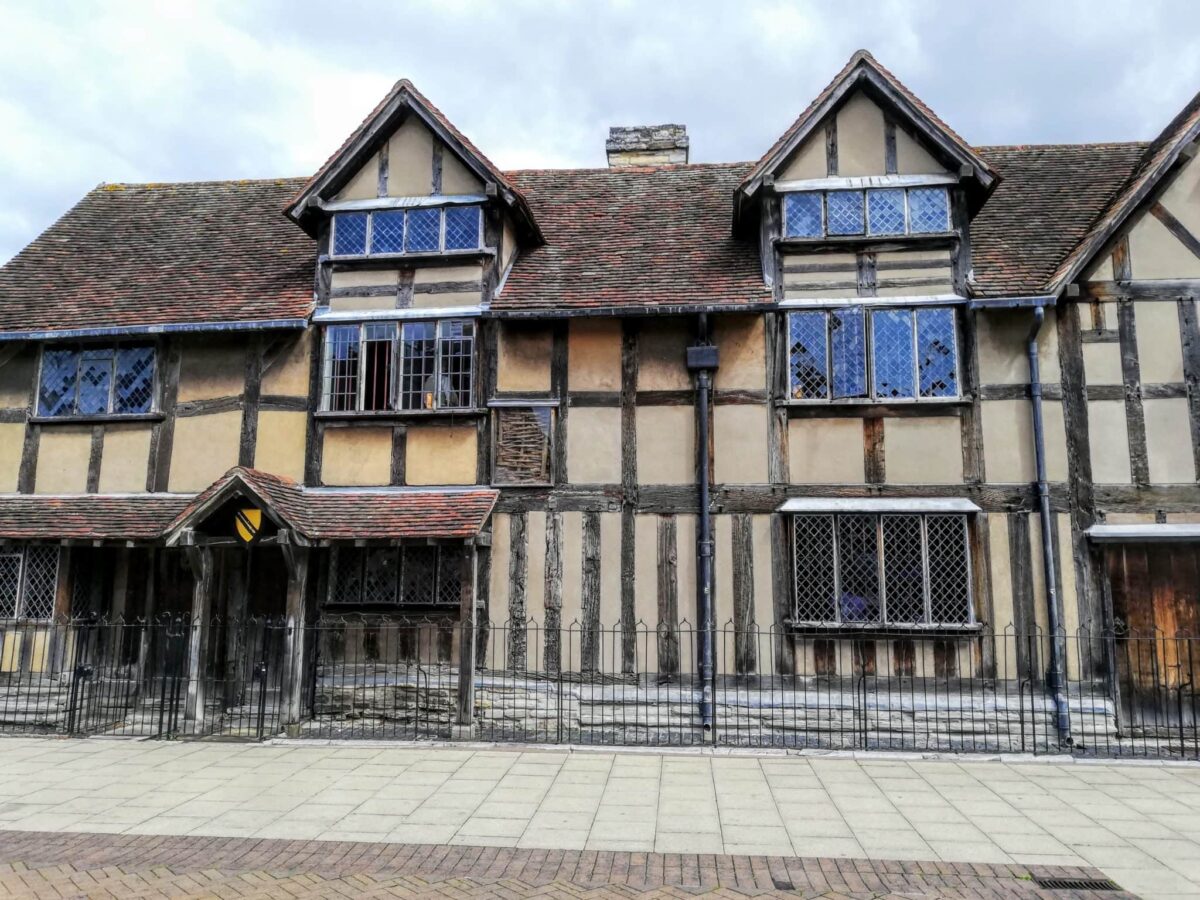
Right in the very heart of Stratford upon Avon is the house where Shakespeare was born. Here you can see how he lived and how wealthy his parents were. You can visit his bedroom and imagine Shakespeare as a young boy.
Hall’s Croft is a stunning Jacobean house that was the home of Shakespeare’s daughter, Susanna and her husband John Hall who was a Doctor. Susanna was Shakespeare’s oldest daughter born in 1583 and died in 1649.
Shakespeare’s New Place was the location of Shakespeare’s family home from 1597 until his death in 1616. When London was in trouble such as the times of the plague Shakespeare would retreat to his home in Stratford upon Avon.
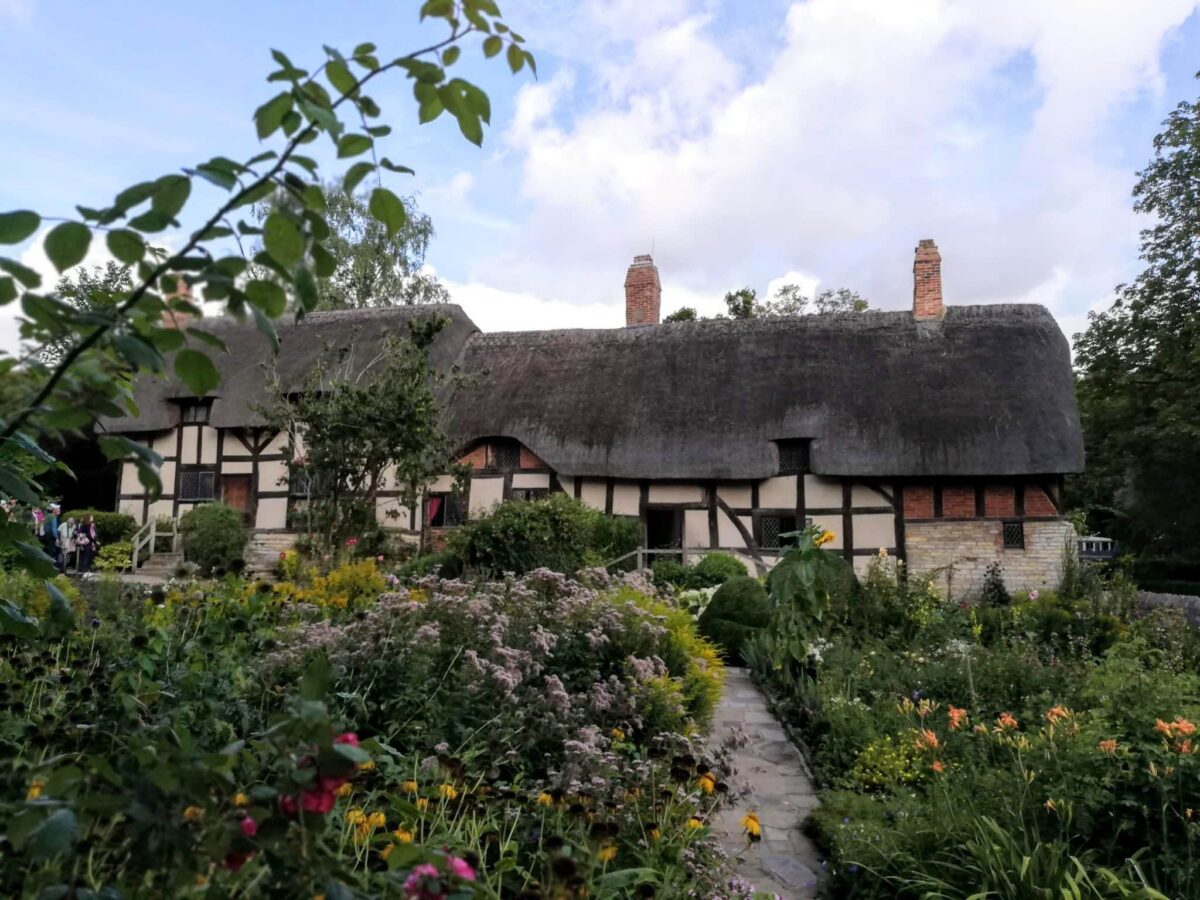
Take a trip to the farm where Shakespeare’s mother Mary Arden lived and worked. The Farm was the childhood home of Shakespeare’s mother. Anne Hathaway was Shakespeare’s wife and they married when Shakespeare was 18 and Anne was 26 years old and pregnant. Pretty gossip-inducing back in those days. Anne was older than William but she outlived him by 7 years. Anne’s cottage is a beautiful Tudor thatched building with 9 acres of gardens. It was built in 1453 and Anne’s grandfather, John Hathaway, rented it and then eventually bought it. Anne was born here in 1556.
Winchester
Located in Hampshire in southern England, Winchester was the seat of King Alfred the Great and the city is one of England’s most historical sites. Winchester Cathedral has a history stretching back over 900 years. Norman and early Gothic in style, Winchester cathedral is not only one of the largest cathedrals in the UK, but it also has the longest nave in Europe.
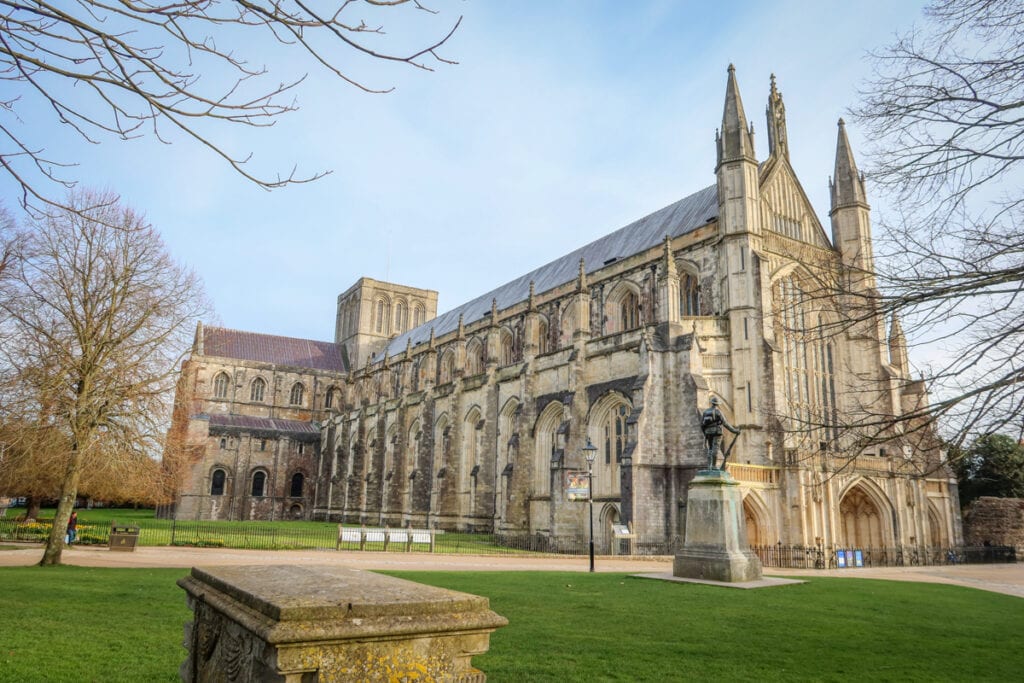
Winchester Cathedral houses many treasures – highlights include the 12th-century marble font and an exquisitely illustrated 12th-century bible. There is also a 17th-century library containing some 2,000 rare books. Elsewhere, there are stunning medieval wall paintings, 14th-century carved wooden choir stalls and the ornately sculpted stone screen behind the high altar.
It is fitting that the author Jane Austen is buried in Winchester Cathedral – she spent much of her life living in Hampshire and fans of her novels can visit her home – now a museum – which is not far from Winchester.
Tintagel Castle
Even the name Tintagel rings with legend and mystery as this is where the great tales of King Arthur and Merlin were born. The site of Tintagel Castle has been inhabited at least since the late Roman period. In the 12th century, Tintagel gained fame when Geoffrey of Monmouth writing his History of the Kings of Britain in the 12th century named it as the place King Arthur was born.
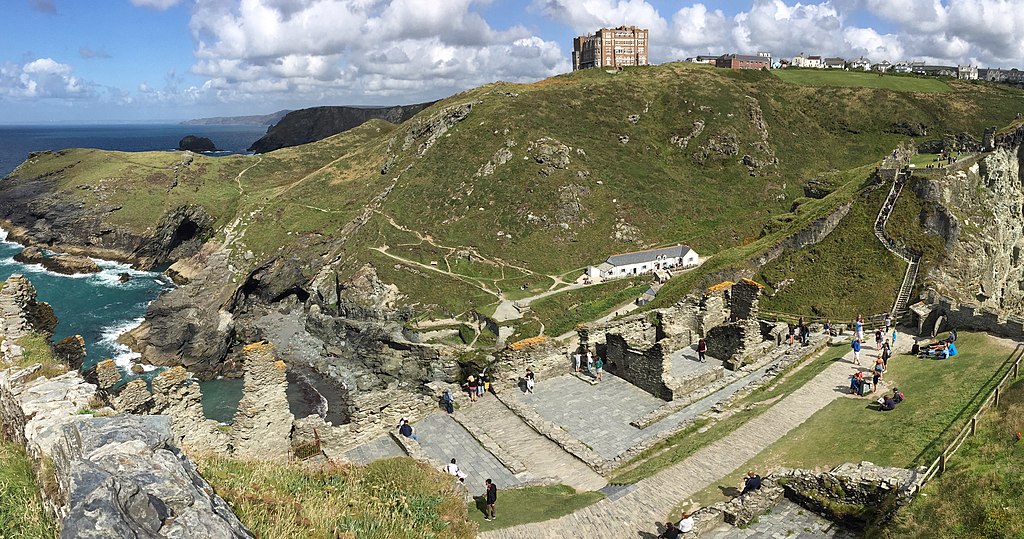
Perched on the north Cornwall coast, Tintagel Castle is one of the most spectacular historic sites in Britain. Its history stretches back over 1500 years and historians believe it was the royal centre of the Kingdom of Dumnonia residence of the Kings of Cornwall.
King’s College Chapel – Cambridge
King’s College Chapel is one of the most iconic buildings in Cambridge and took over half a century to build! King’s College and its chapel were founded by Henry VI in 1446, who laid the first stone in 1446.
Henry never saw the chapel finished as it took 70 years to finish. Henry VII’s mother, Lady Margaret Beaufort prompted him to finish the Chapel and sent money in a chest that can still be seen in the Chapel.
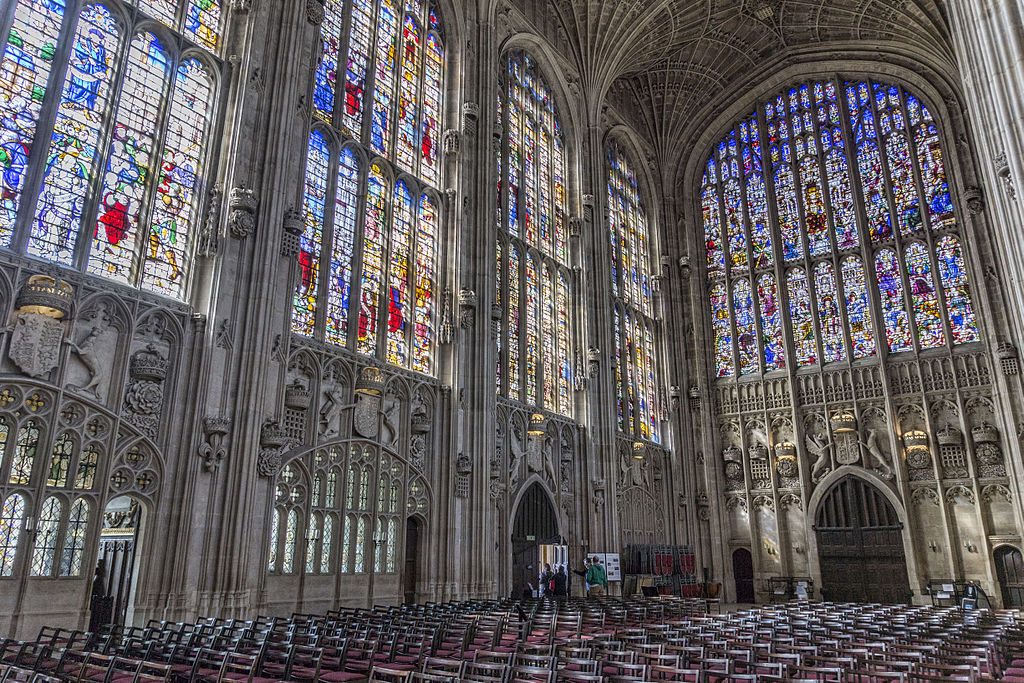
In 1508 work began again although Henry VII died in 1509 the terms of his will ensured that money was provided to ‘perfourme and end all the warkes that is not yet doon in the said chirche’.
The work, and most of the glazing of the windows, was done during the reign of Henry VIII, who was responsible for the screen and much of the Chapel woodwork.
When Henry VIII died in 1547, just over a hundred years after the laying of the foundation stone, King’s College Chapel was recognised as one of Europe’s finest, late medieval buildings. It was in truth ‘a work of kings’.
Leeds Castle
The Royal Manor at Leeds was originally built in 857 AD and owned by a Saxon royal family. After the Norman Conquest, work began on building the first stone castle on the site. In 1278 the Castle became a royal palace for Edward I and his Queen, Eleanor of Castile.
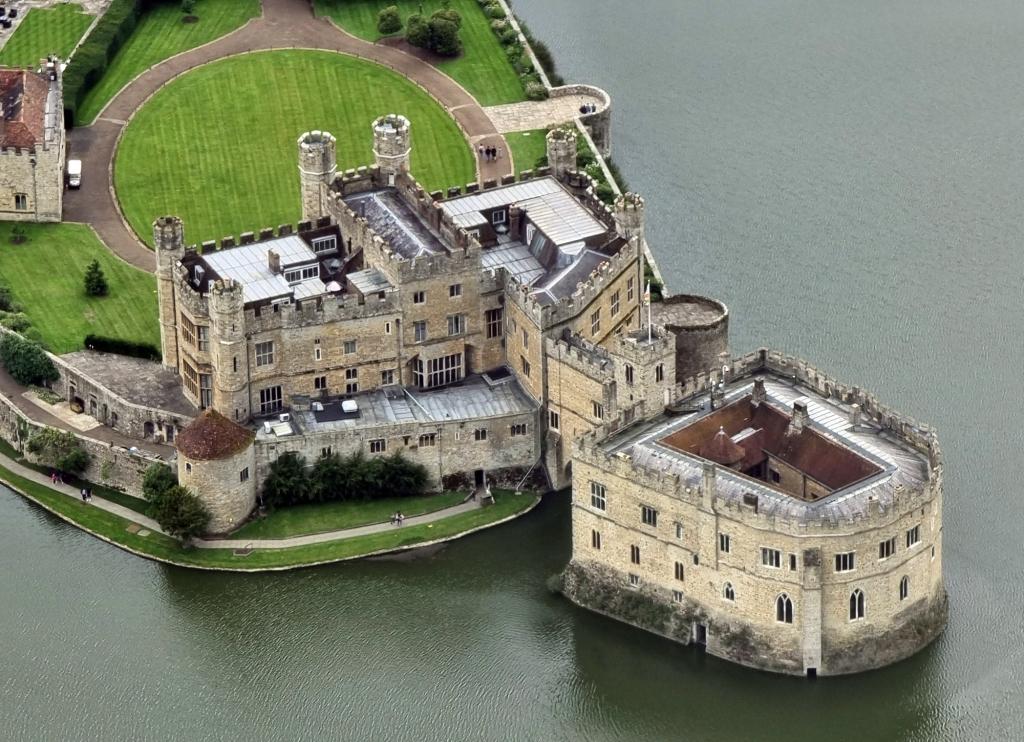
Leeds Castle as we see it today is built on a small Island in the River Len and over the centuries it was usually given by the King to his Queen. It was here that King Henry VIII transformed it into a royal palace by the King so that Catherine of Aragon would be comfortable visiting the Castle.
Since then the building has undergone many reconstructions and fortifications and has become a luxury manor house.
8 Historic sites in Scotland
The Lewis Chessmen – Isle of Lewis
This medieval chess set was discovered in the sand dunes of the Isle of Lewis in the Outer Hebrides in 1831. Today, 82 pieces are owned and exhibited by the British Museum in London, and the remaining 11 are at the National Museum of Scotland in Edinburgh.
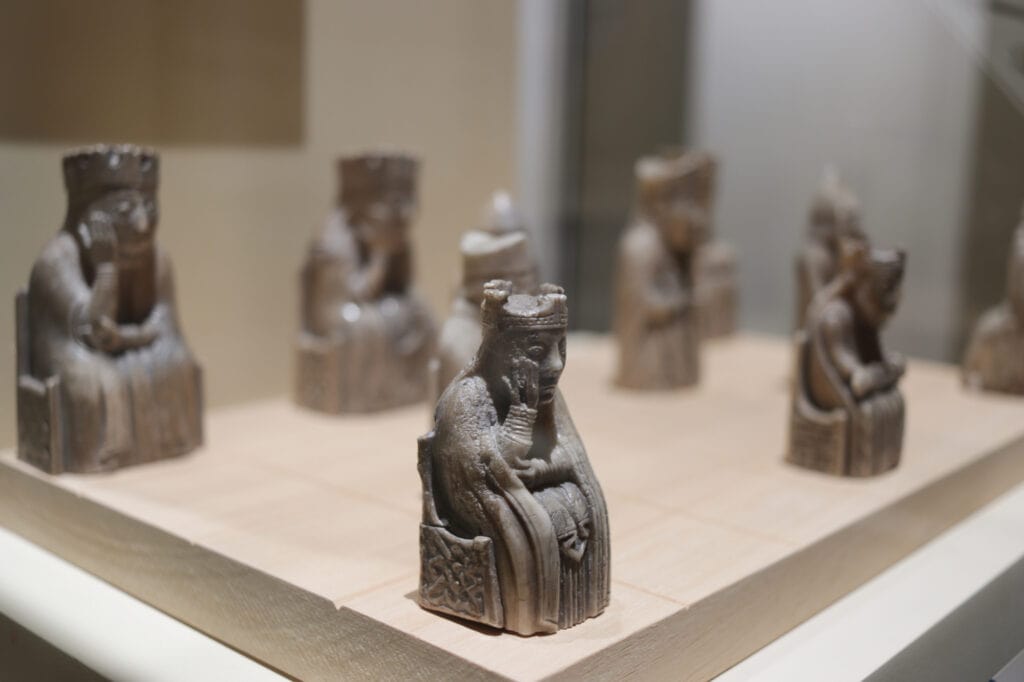
This is a medieval chess set that is thought to be from at least four different sets and is believed to have been made in the 12th century in Norway but nobody knows for sure.
Underhoull – Unst Shetland Islands
Unst is large and is one of the furthest east and the most northerly of the Shetland Islands and it is believed that this is where the Vikings first landed.
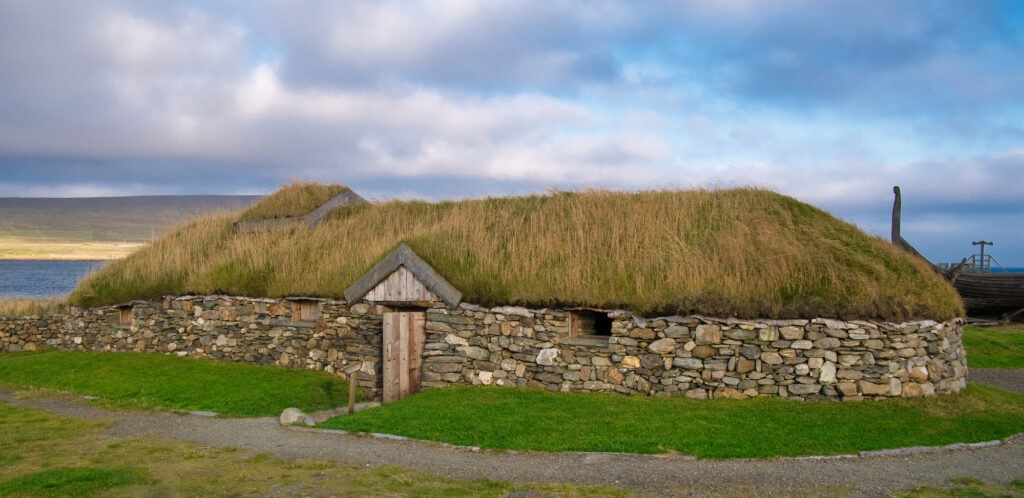
Unst is one of the richest Viking heritage sites in Europe, with over 60 longhouses you can visit that were uncovered by archaeologists at Underhoull, Belmont and Hamar. At Underhoull there are the remains of Viking longhouses which were excavated in 1960 and again in 1980.
Stirling Castle
It was here in 1543, at the age of just nine months, that Mary Queen of Scots was crowned queen in Stirling Castle’s Chapel Royal after the death of her father, James V. She lived at the castle for most of the first five years of her life until she was moved to Dumbarton Castle and eventually to France.
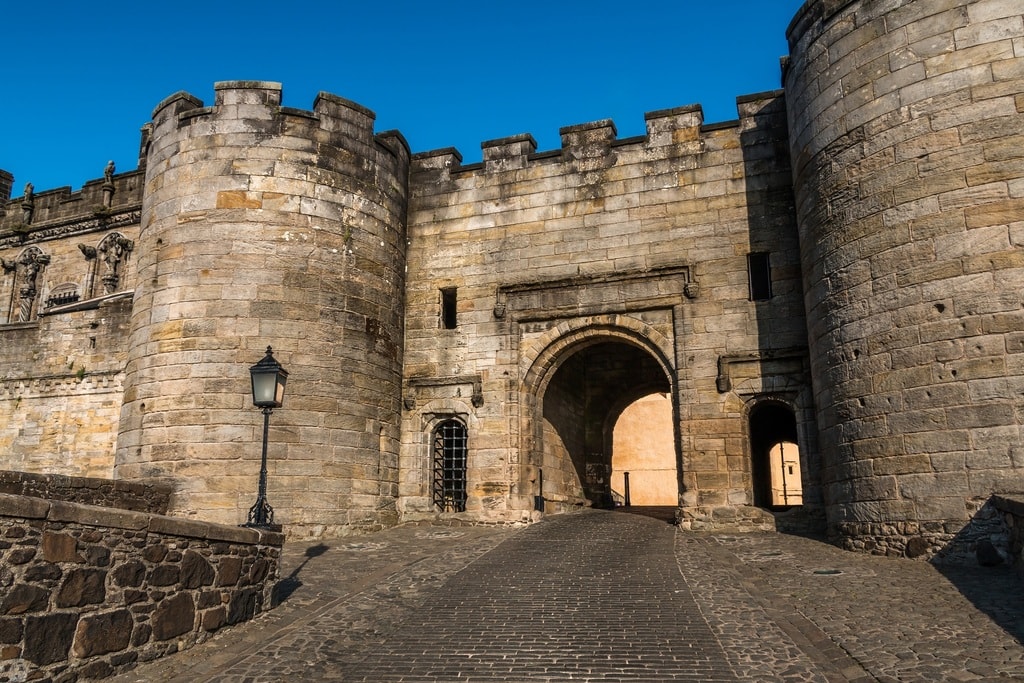
Dunrobin Castle
Dunrobin Castle is not only the oldest continuously inhabited house dating back to the 1300’s it is also the largest Castle in the Northern Scottish Highlands with 189 rooms.
The Castle, which resembles a French château with towering conical spires and fairytale turrets was originally a fortified stone keep sitting atop the cliff. From the 16th century, there were a series of additions and a large extension. The Castle overlooks the Moray Firth just north of Dornoch and Golspie.
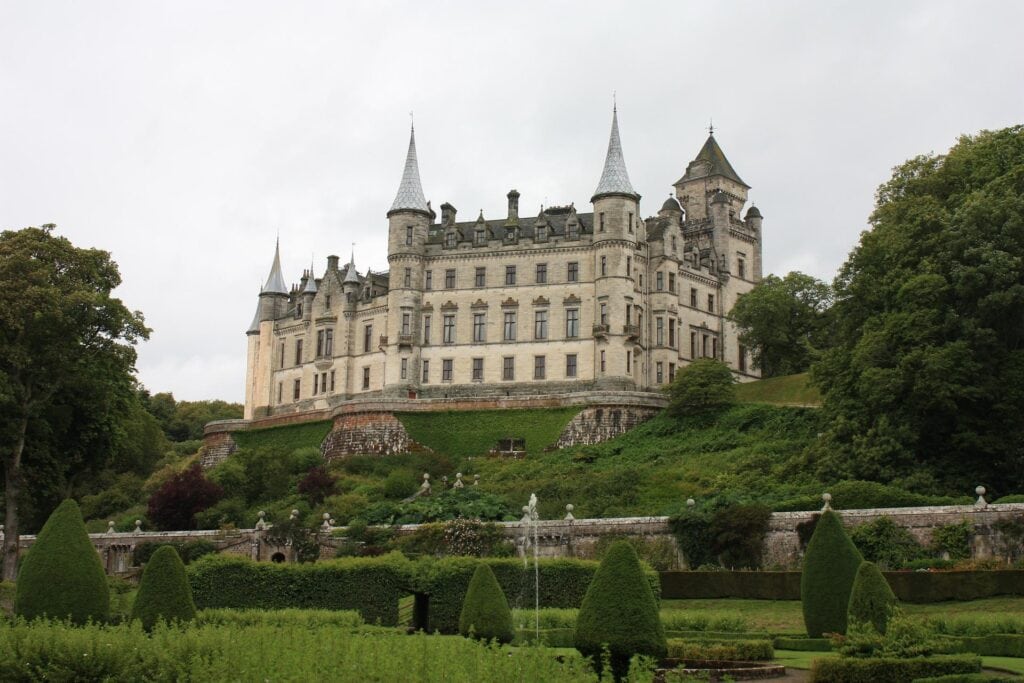
Culloden
While the Battlefield of Culloden may have gained some popularity in recent years due to the TV series, Outlander, it has been long loved by history buffs worldwide. If you’re not familiar, The Battle of Culloden is where Bonny Prince Charlie’s Jacobite Rebellion came to an end. The Scottish were defeated here by the English on April 16, 1746.
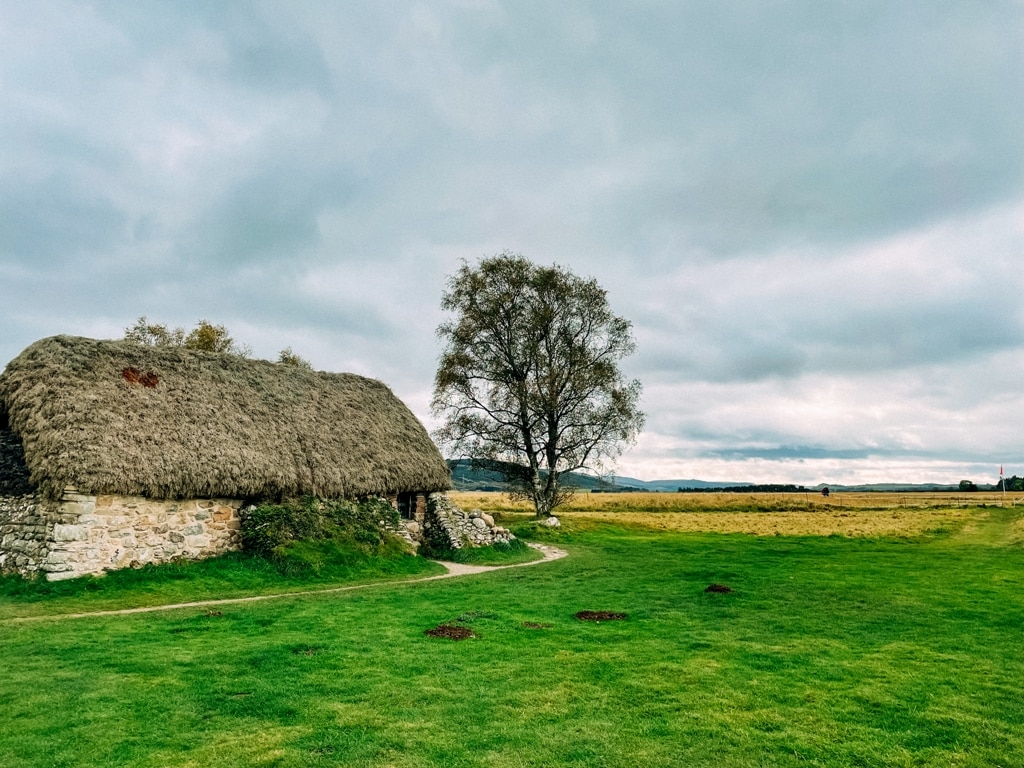
The Battlefield of Culloden itself is a sobering walk through the fields where over 1,600 men were killed. 1,500 of them were Jacobites. They have the field marked out with different coloured flags so you can see where the British and the Jacobites took their various positions. There are also markers for clans who lost their family members here.
Urquhart Castle
On the banks of the famous Loch Ness, you will find the stunning ruins of Urquhart Castle. This 1000-year-old castle saw much military action from the 1200s until its demise in 1692. Edward I of England – ‘Hammer of the Scots’ – captured the castle in 1296. The stronghold was then reclaimed by the Scots and lost to the English once more.

Glenfinnan Viaduct
Glenfinnan Viaduct is best known these days for its niche interest of Harry Potter fans who flock to the site daily to witness the ‘Hogwarts Express’ train crossing the Glenfinnan viaduct bridge. However, the site and surrounding scenery has been a local tourist attraction (managed by the National Trust) since long before the viaduct and train featured in the Harry Potter film series.
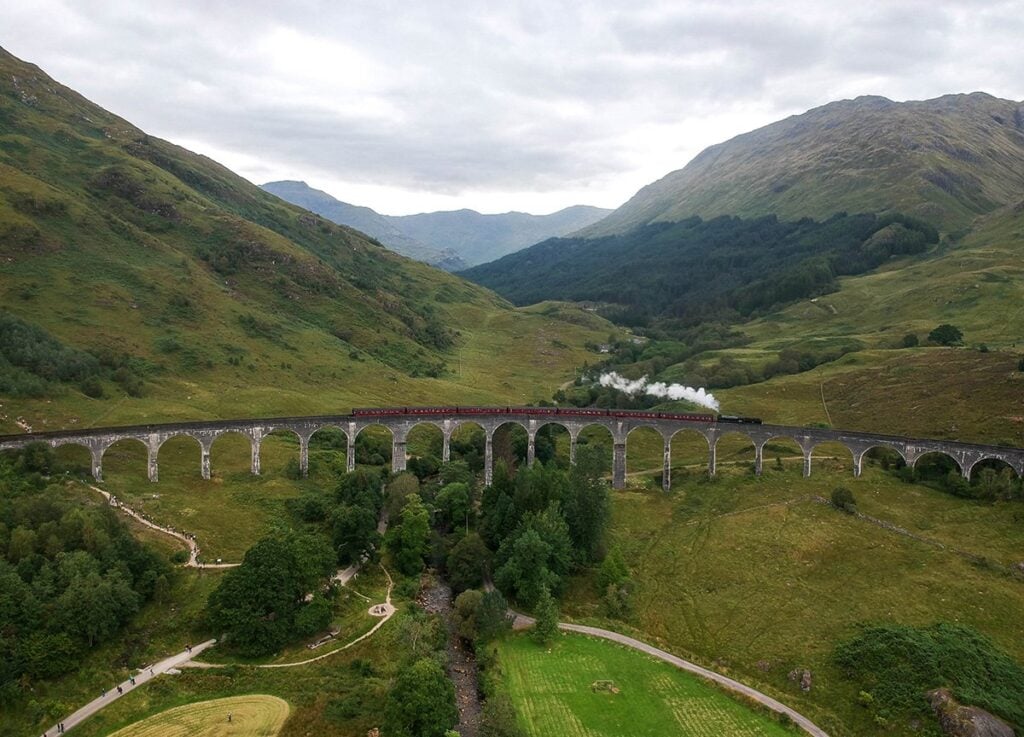
The train itself, the Jacobite steam train, leaves from nearby Fort William and travels to Mallaig on a 2-hour journey through Scotland’s mighty highlands. This train journey is an attraction in itself with a return journey taking roughly 6 hours. However, most people are happy just to see the train puff on by from below.
Edinburgh Castle
Edinburgh Castle dates back to the 12th century and has a long, crazy history. The castle holds the Crown Jewels of Scotland among other historic artefacts and the National War Museum of Scotland.
Edinburgh Castle was home to kings and queens for many centuries. Queen Margaret (who was later made a saint) died here in 1093. The only King born at the Castle was James the son of Mary Queen of Scots who eventually became King of England.
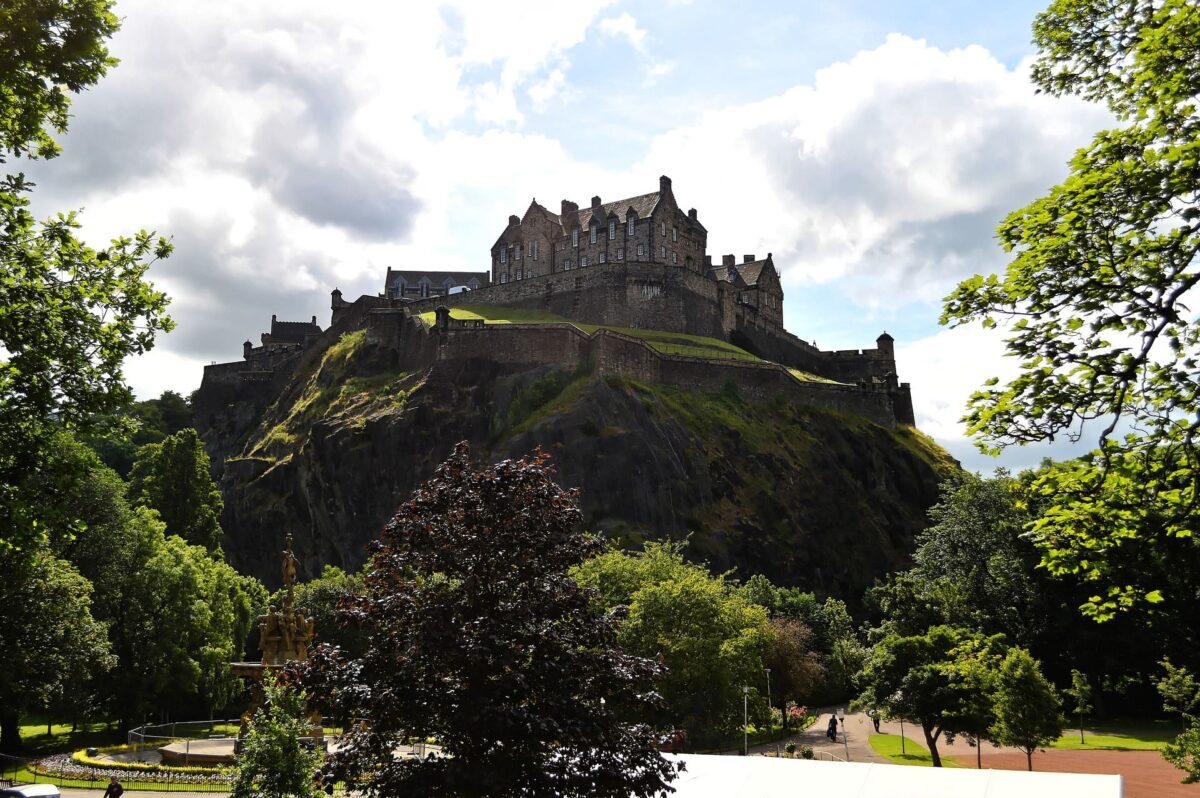
The last royal person to stay at Edinburgh Castle was Charles I. He was crowned King of Scotland at 13 months old and he became the first King of Scotland and England in 1603. You can visit the room where he was born in the Castle.
5 Historic places in Wales
Caernarfon Castle
A UNESCO World Heritage Site is Caernarfon Castle which has certainly made an impact on British history. The two investitures of the Prince of Wales of the 20th century occurred here including that of Prince Charles. An investiture ceremony is when someone has been rewarded an honour and receives it from the Queen or a Member of the Royal Family. In 1969 a ceremony was held to acknowledge the new Prince of Wales, Prince Charles in the manner of a coronation.
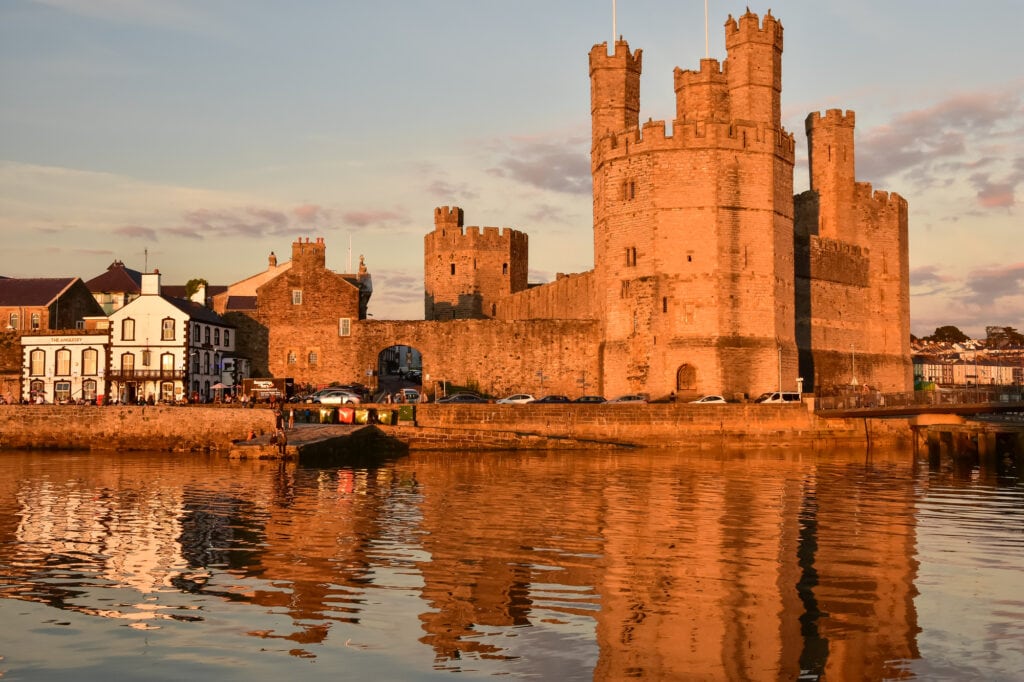
Portmeirion
Nestled on the northwest coast of Wales, Portmeirion is a purpose-built village modelled on Italy. It was built by Sir Clough Williams-Ellis between 1925 and 1975. Visitors to Portmeirion must pay an entry fee or if they stay overnight in the village the fee is waived and they can explore the whole village when the gates are closed without hordes of tourists.
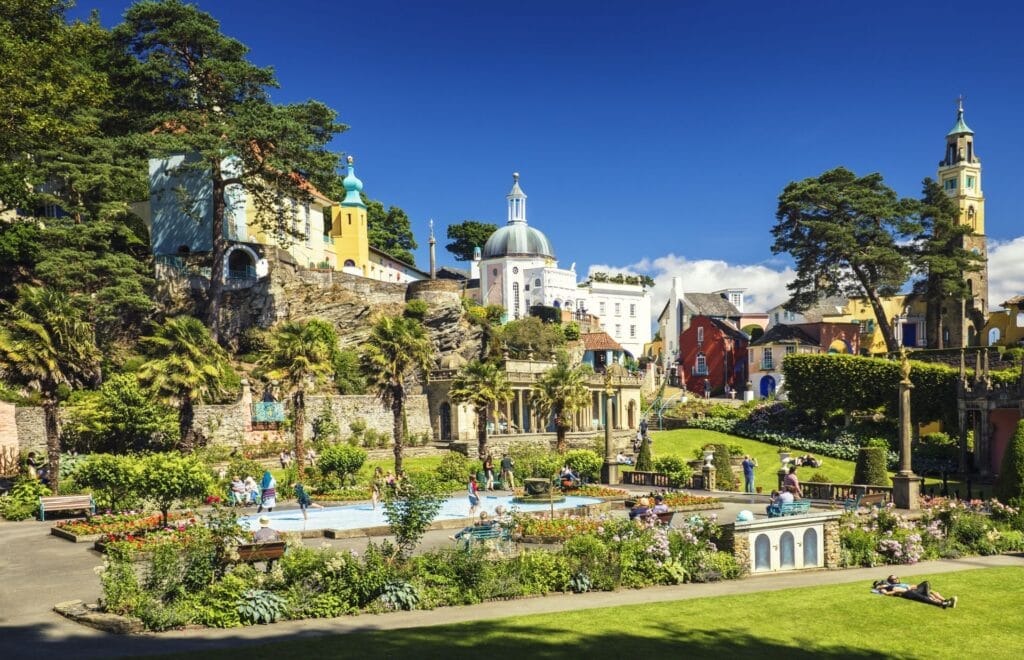
Portmerion was featured in the 1960s cult show The Prisoner and you will see many areas featured in that TV show. The village has some lovely shops where you can buy the famous Portmeirion pottery.
Caerphilly Castle
Neighbouring Cardiff is the town of Caerphilly, home to a great mountain and medieval castle and a gateway to the South Wales Valleys. Caerphilly Castle is the largest castle in Wales and the second largest in the United Kingdom, after the royal residence of Windsor Castle!
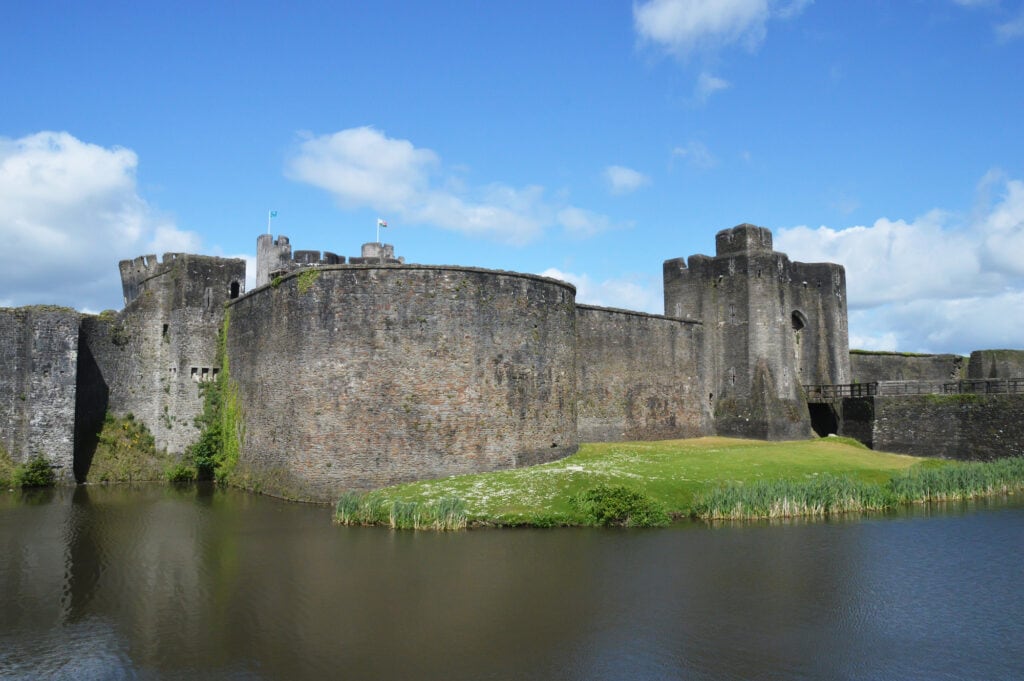
The site covers 30 acres containing towers (including the leaning tower of Wales), bridges and walls. The main fortress is surrounded by water, built purposefully for defences in the 13th century. Visits to the castle today can be explored independently or guided. Watch out for the Green Lady, a scorned woman who haunts the grounds of Caerphilly Castle.
22 Historic Towns in Wales You Should Visit Now
Pontcysyllte Aqueduct and Llangollen Canal
It took 10 years from 1801 to design and build the aqueduct that carries the Llangollen Canal across the wide valley of the River Dee in northeast Wales and it is designated as a UNESCO World Heritage Site.
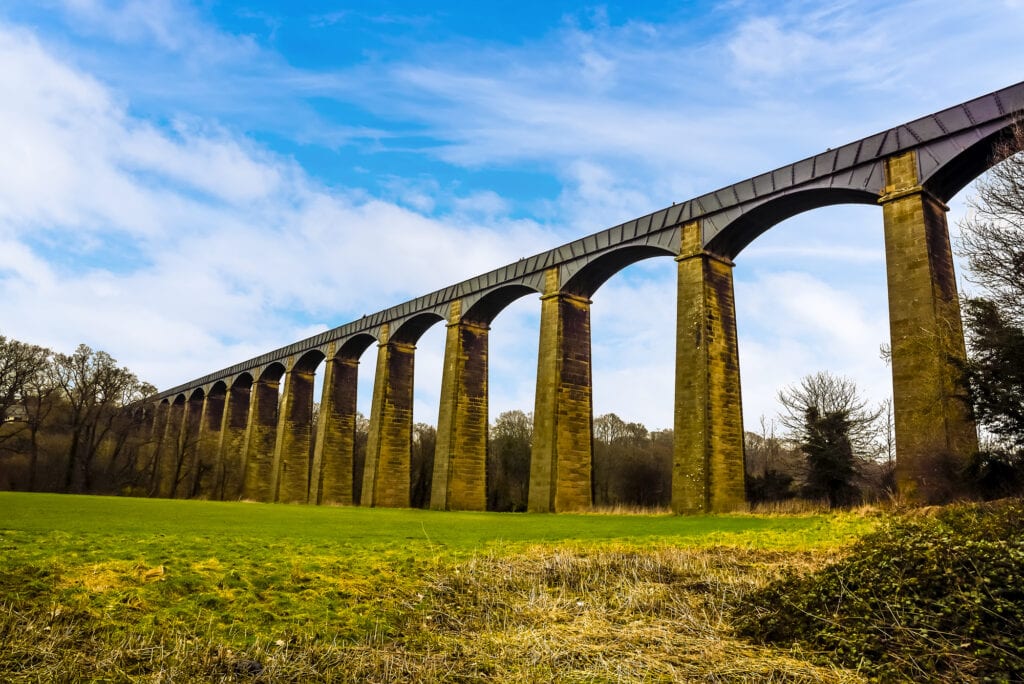
The 18-arched bridge is built of stone and cast iron over 1000 feet in length with soaring arches over 100 feet above the river. This is the longest navigable aqueduct in Great Britain and the highest in the world. There is a very narrow walkway for pedestrians to cross but the best way to see it is by renting a canal boat to cruise the waterways.
Pembroke Castle
In the town of Pembroke, in the county of Pembrokeshire, is the medieval Pembroke Castle, rising over the town and the Pembroke River and featuring Norman motte-and-bailey, fighting platforms, huge walls, arrow slits and gateways.
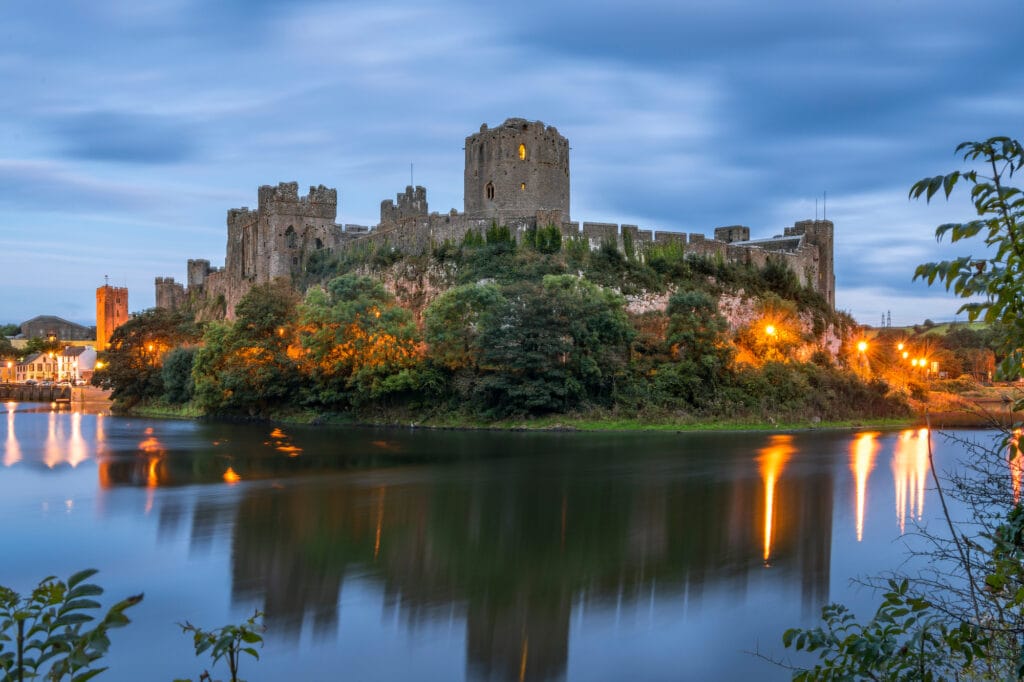
The most famous fact about Pembroke Castle is that it was the birthplace of Henry VII, the only Welsh-born King of England and father to the infamous King Henry VIII.
England is home to some of the most fascinating historical places in the world. From the iconic Stonehenge to the majestic Tower of London, there’s something for everyone to explore and learn about. Whether you’re a history buff or just looking to immerse yourself in English culture, these sites offer a glimpse into the country’s rich past. So why not grab your walking shoes and start planning your next adventure? With so many incredible destinations on offer, you won’t be disappointed!
You might also like to read
Witch Trials in England: 33 Witch Sites to Visit
Visiting the extraordinary Chiltern Hills of England
22 of the Best cities to visit in England
38 Seaside towns in the UK to visit
Visiting Britain – 27 things you should know
23 Stunning English Manor Houses
17 of the Prettiest Cotswolds Villages
25 Traditional Welsh food dishes
North Wales Coastal Path the famous Pilgrim’s Way Route
22 Historic Towns in Wales You Should Visit Now
Pin it to save it
